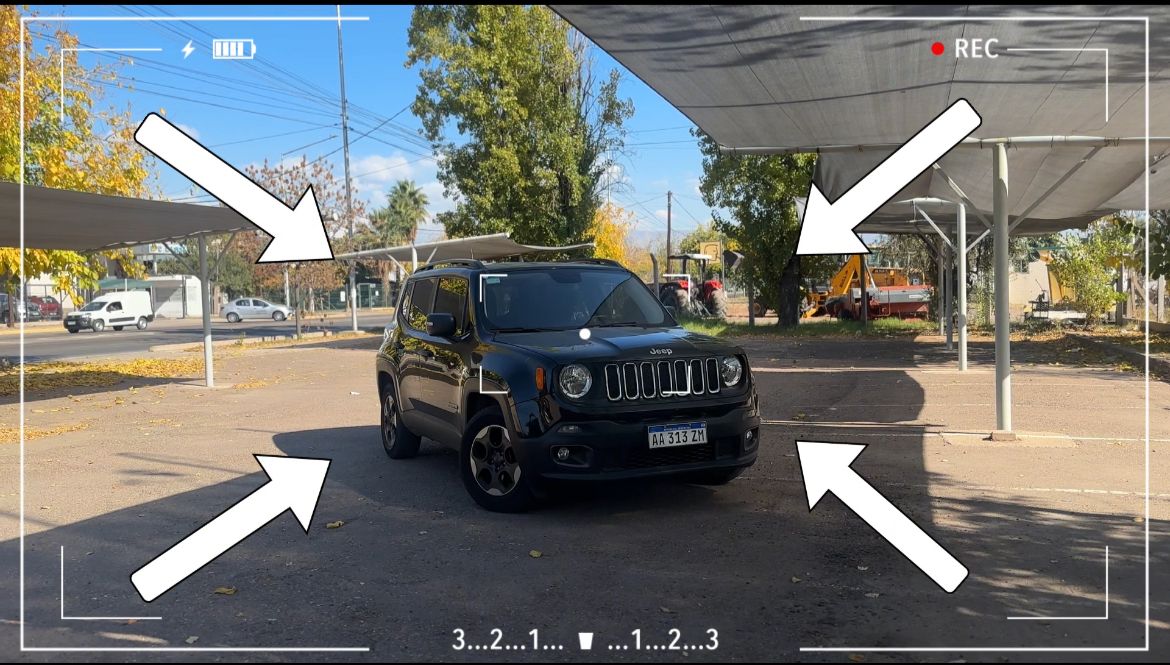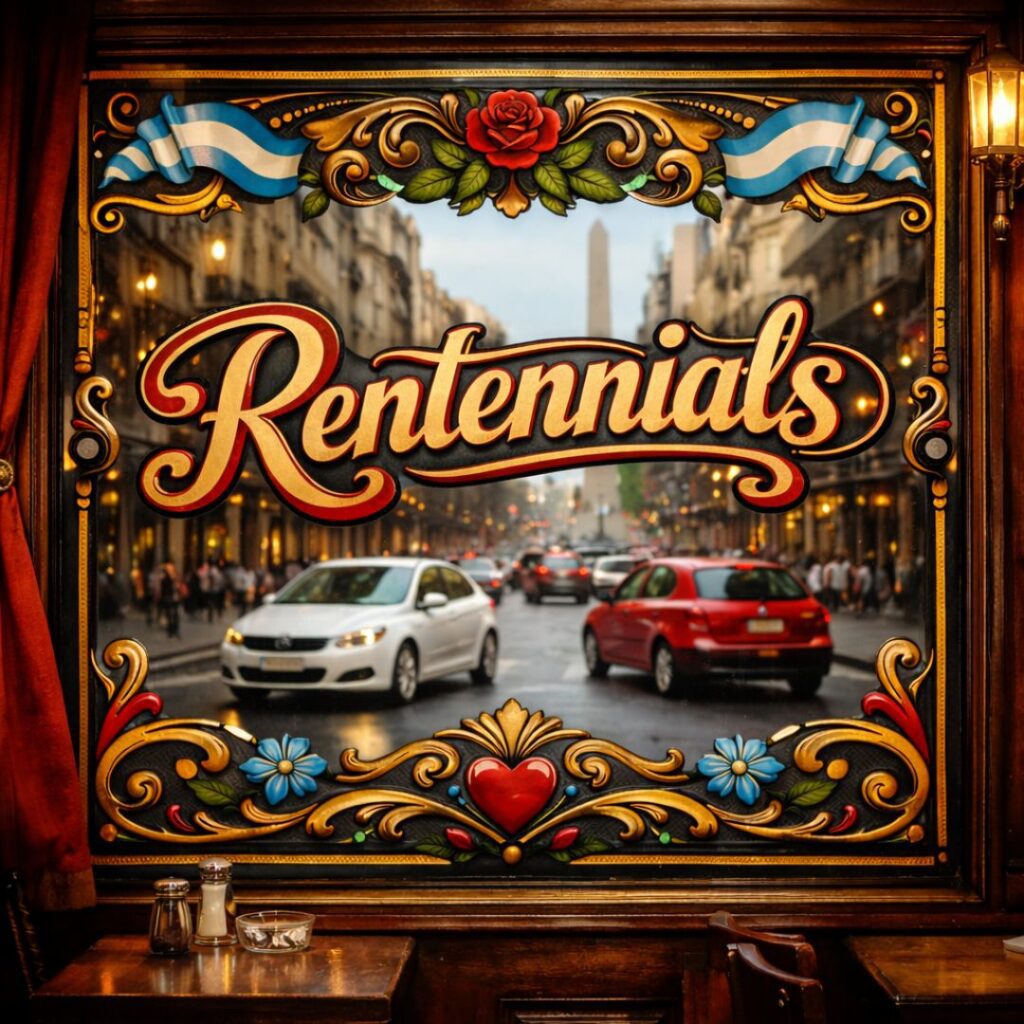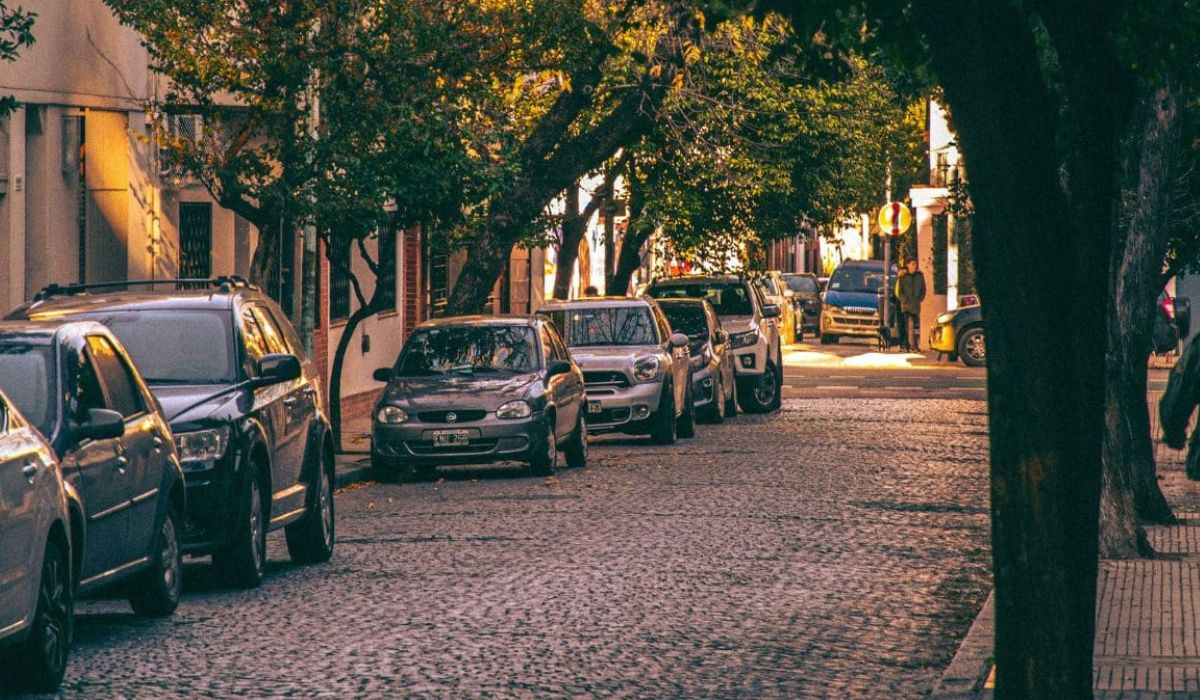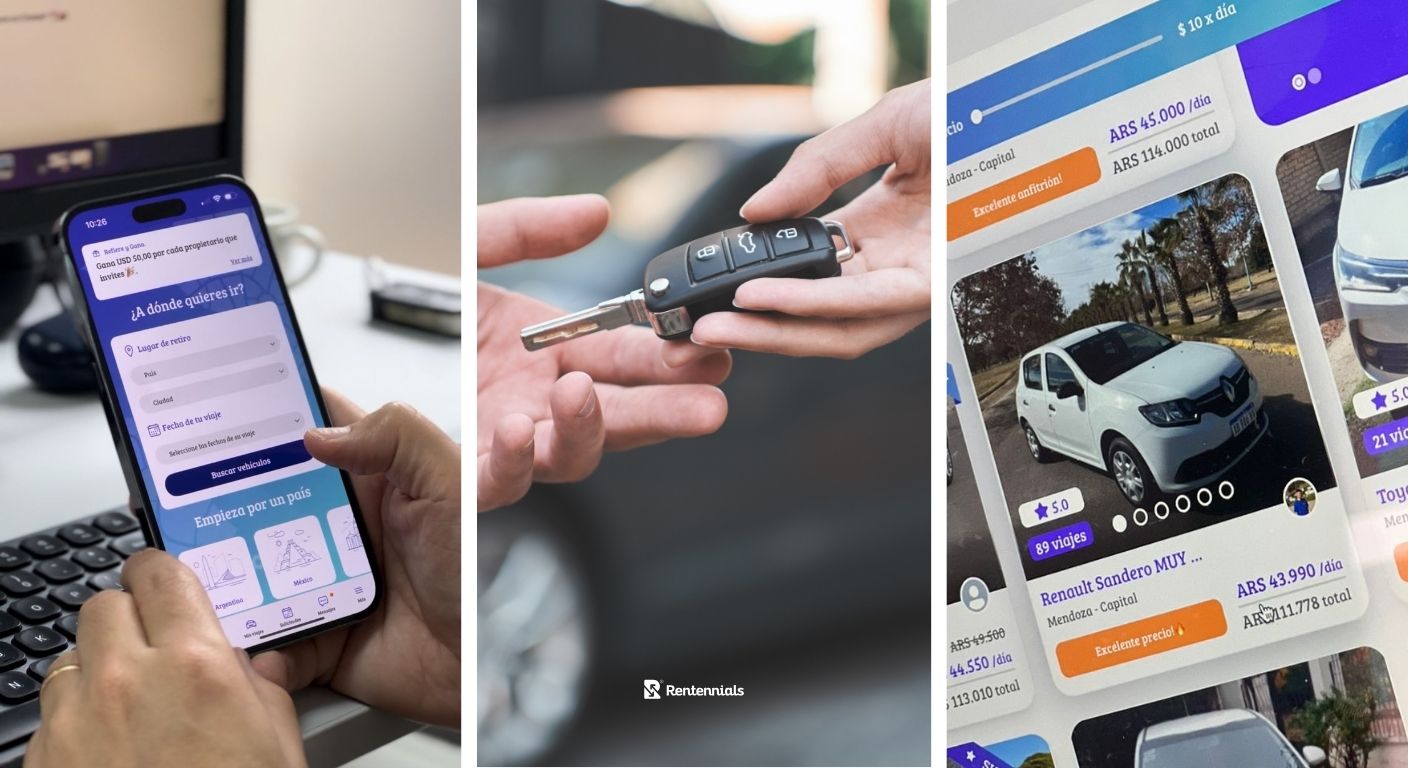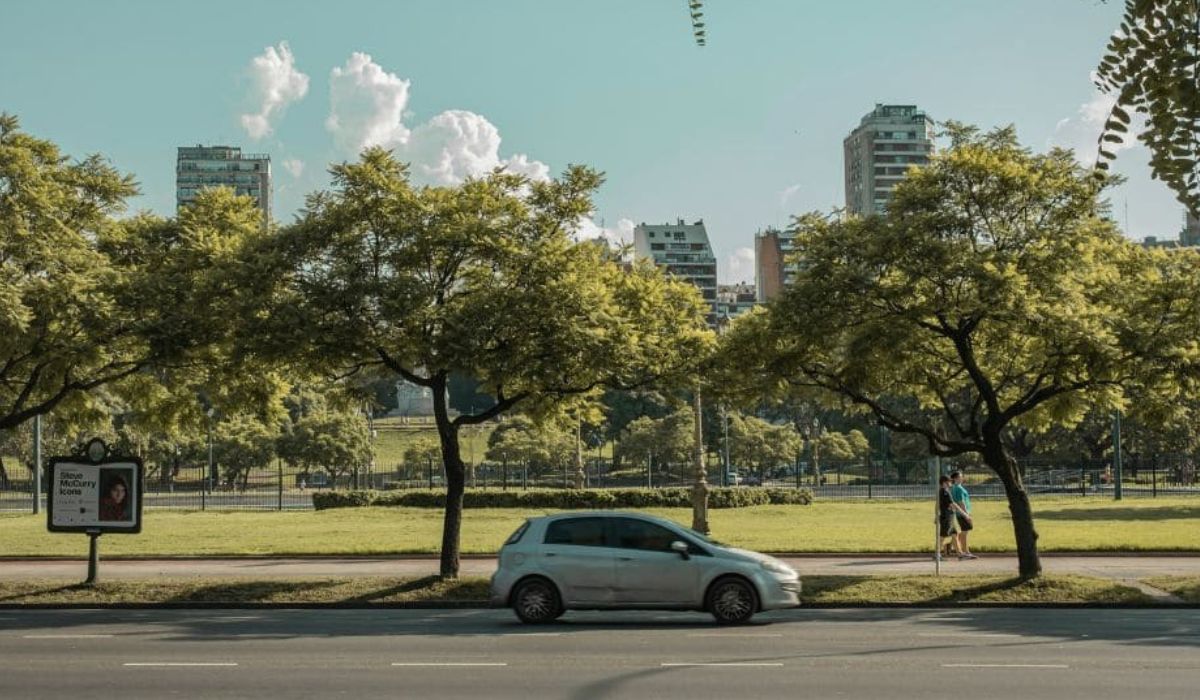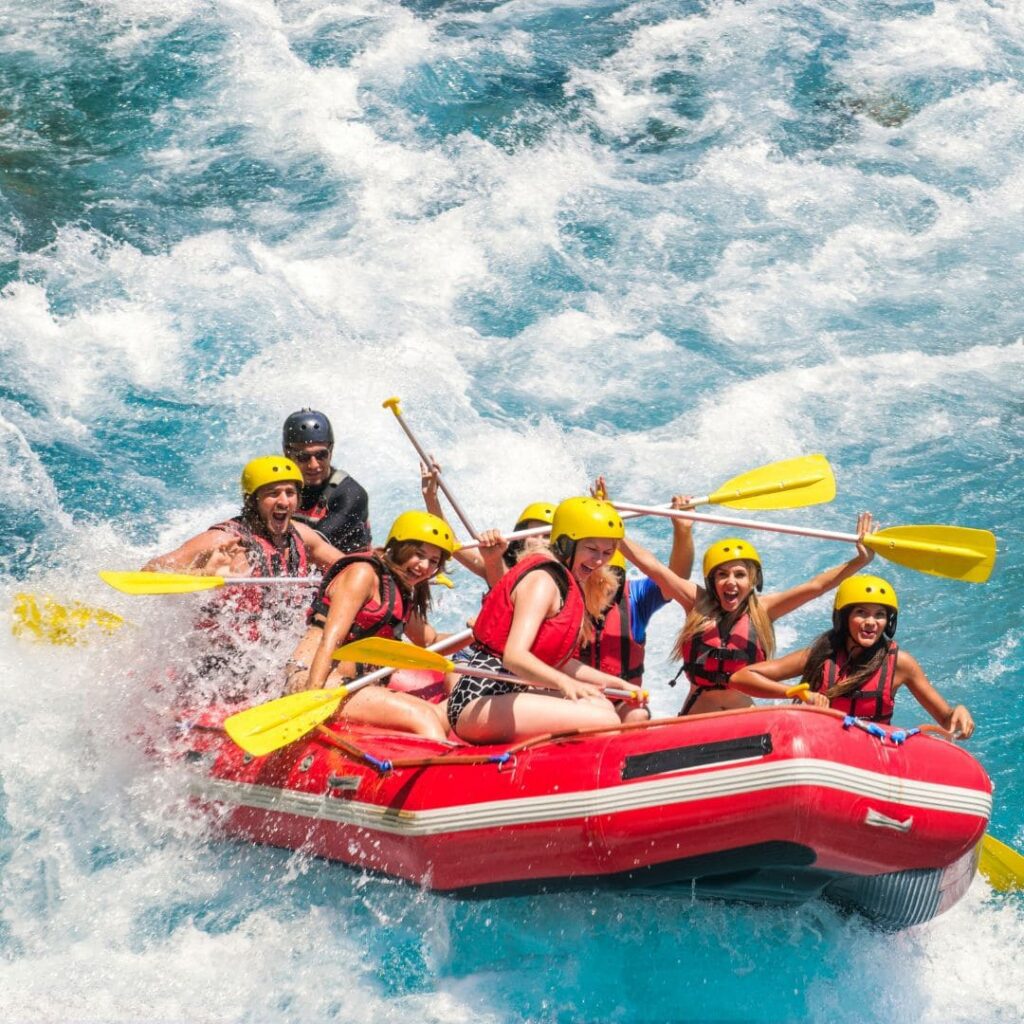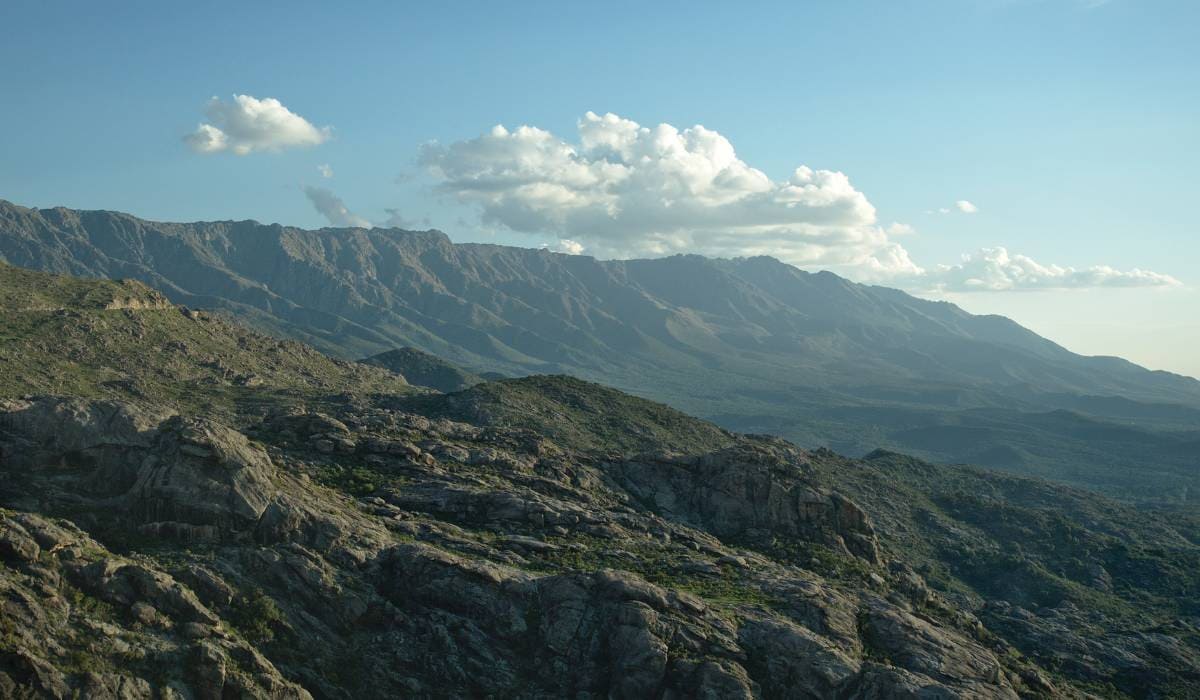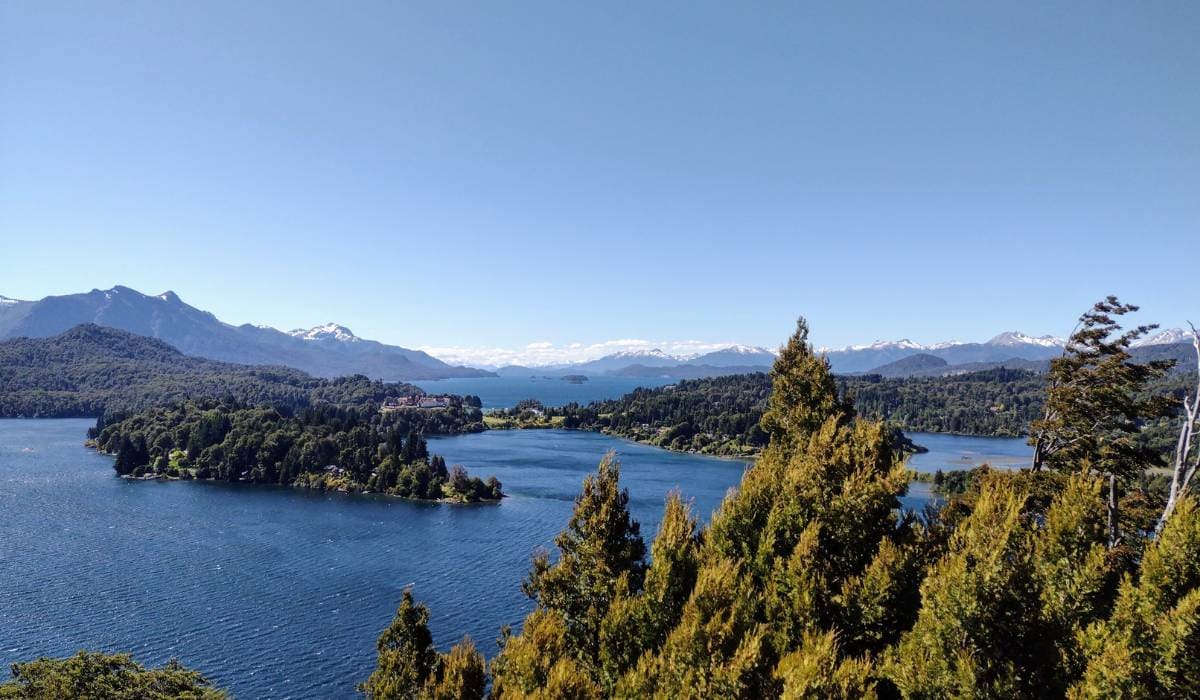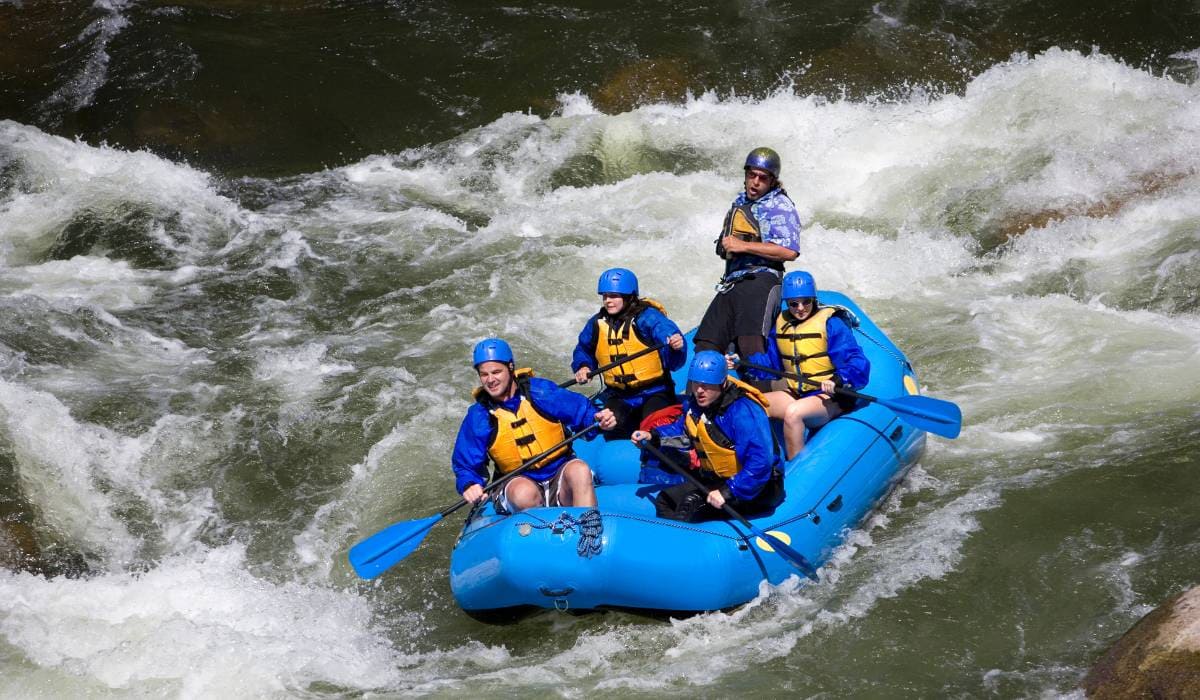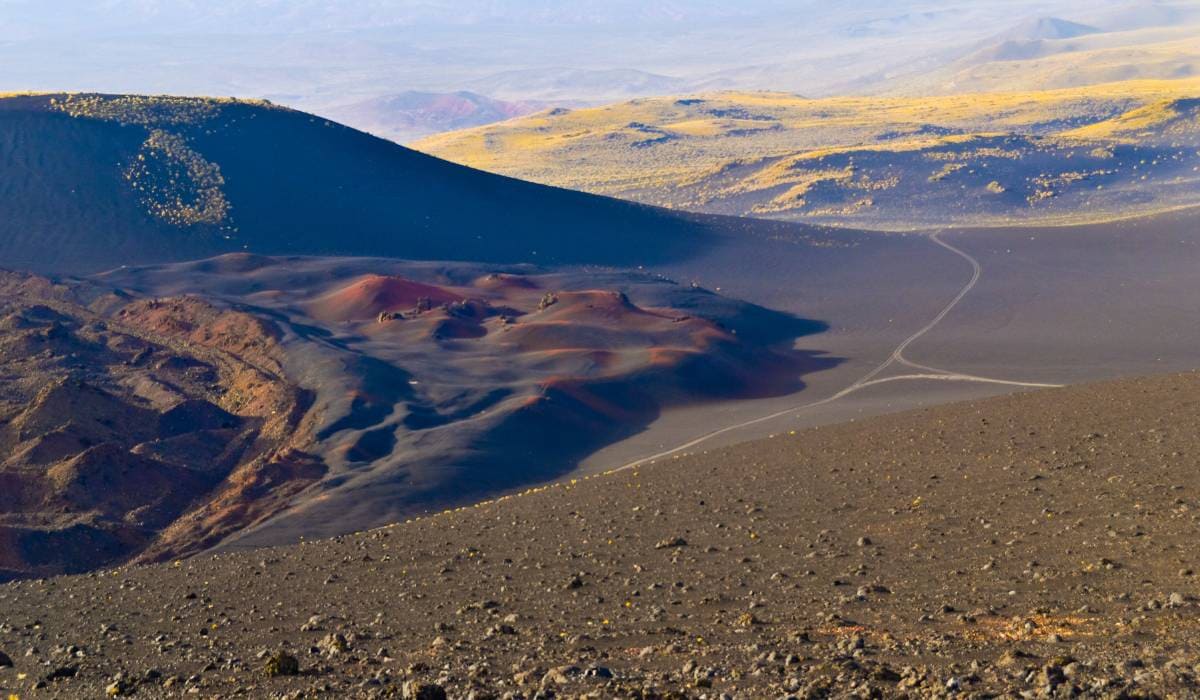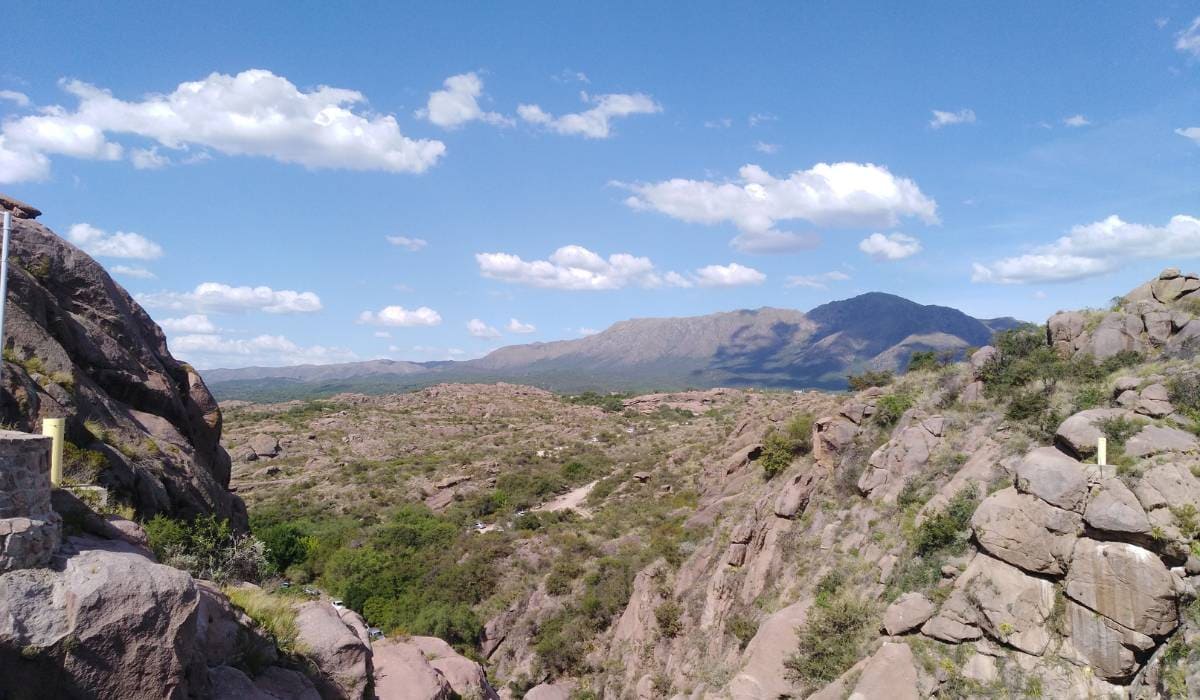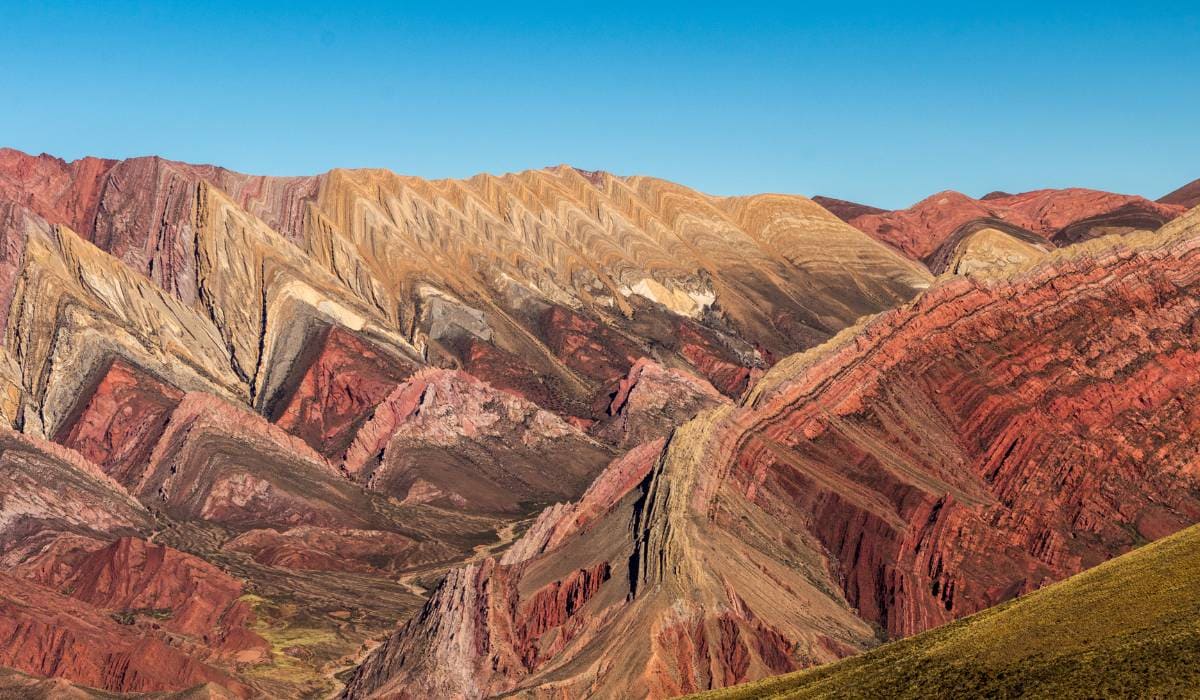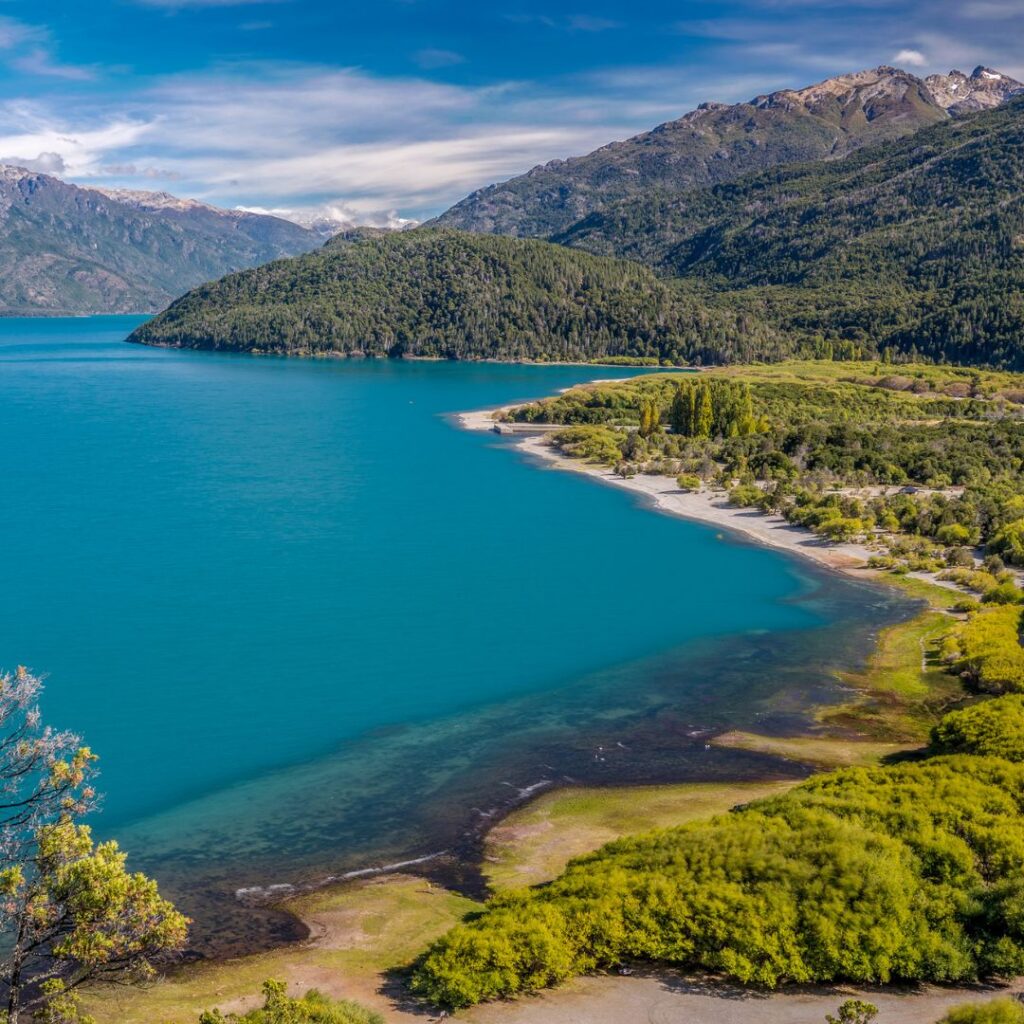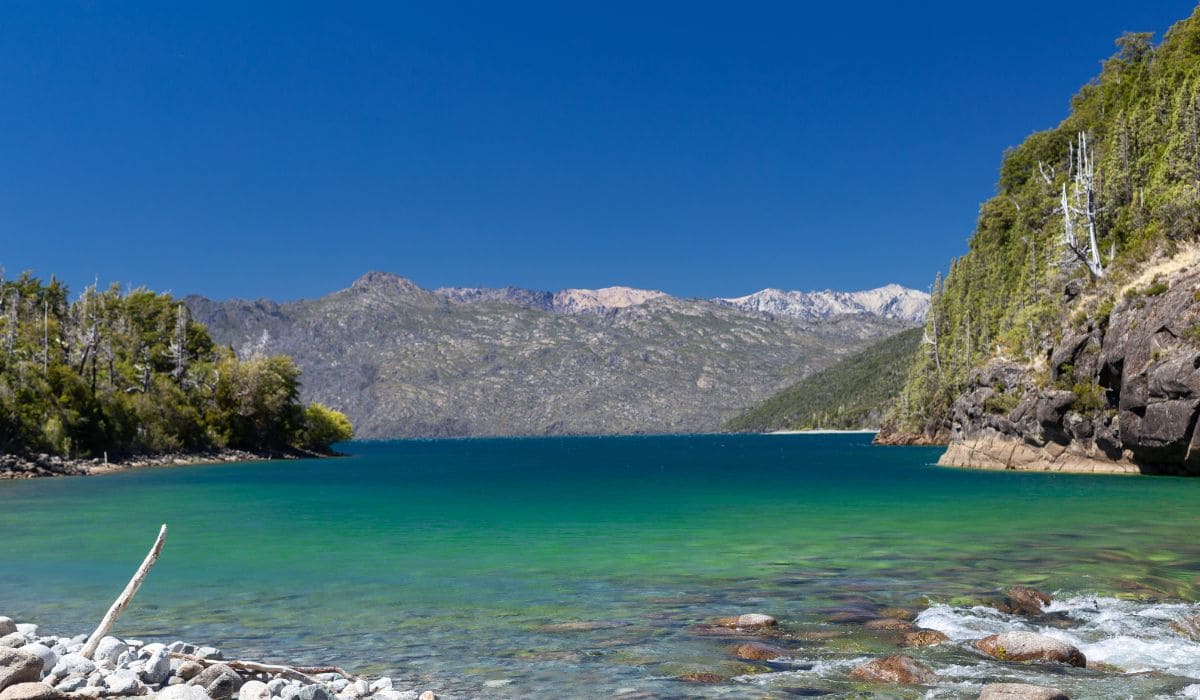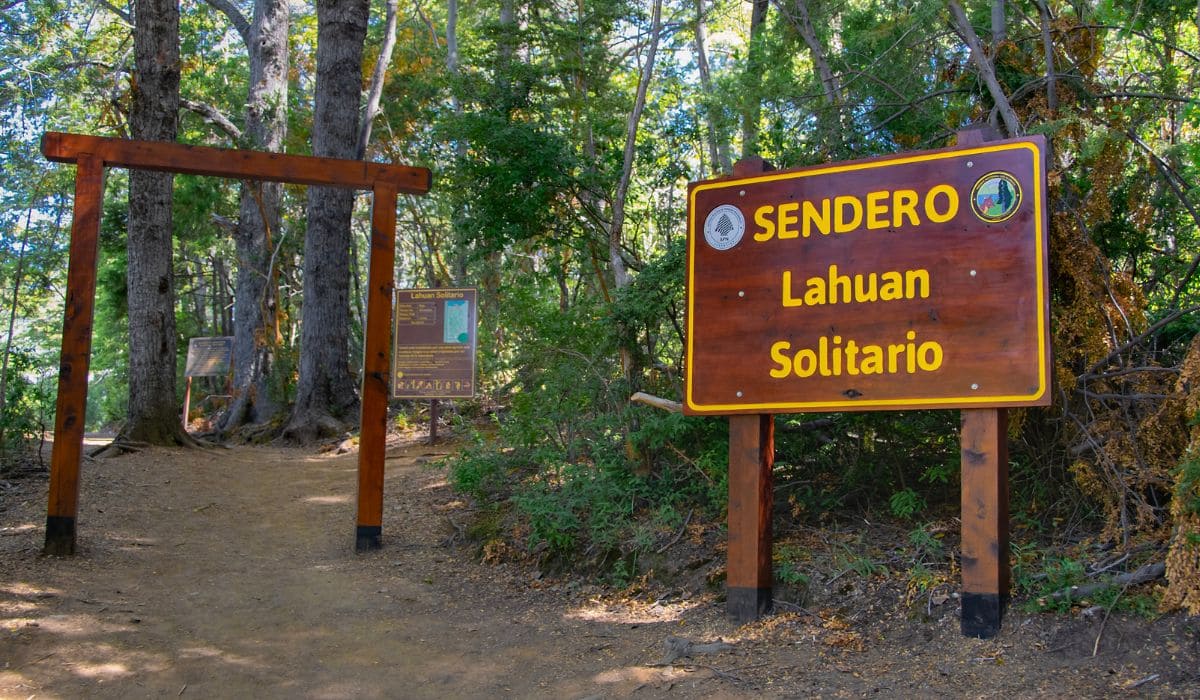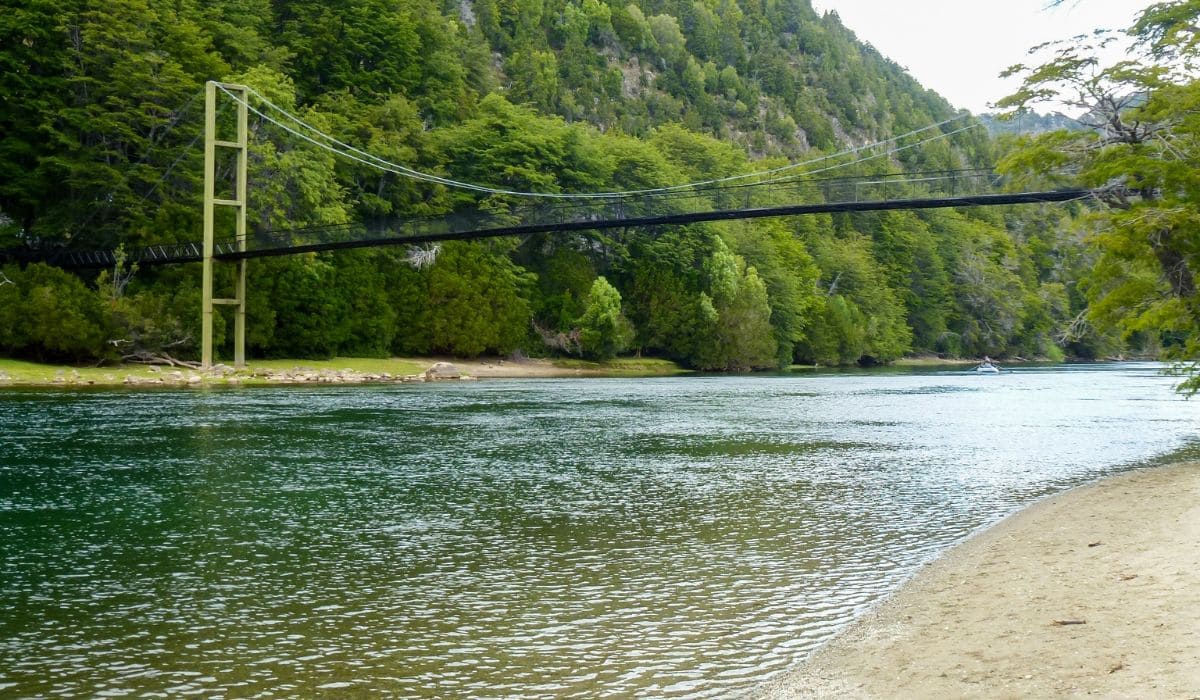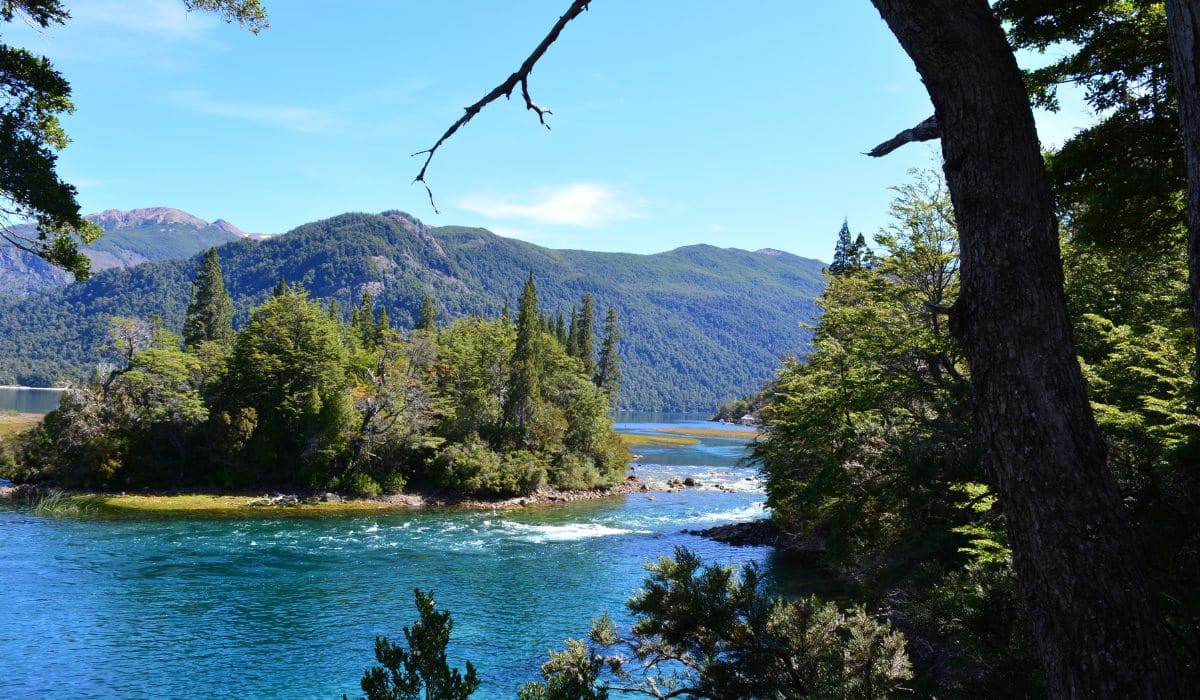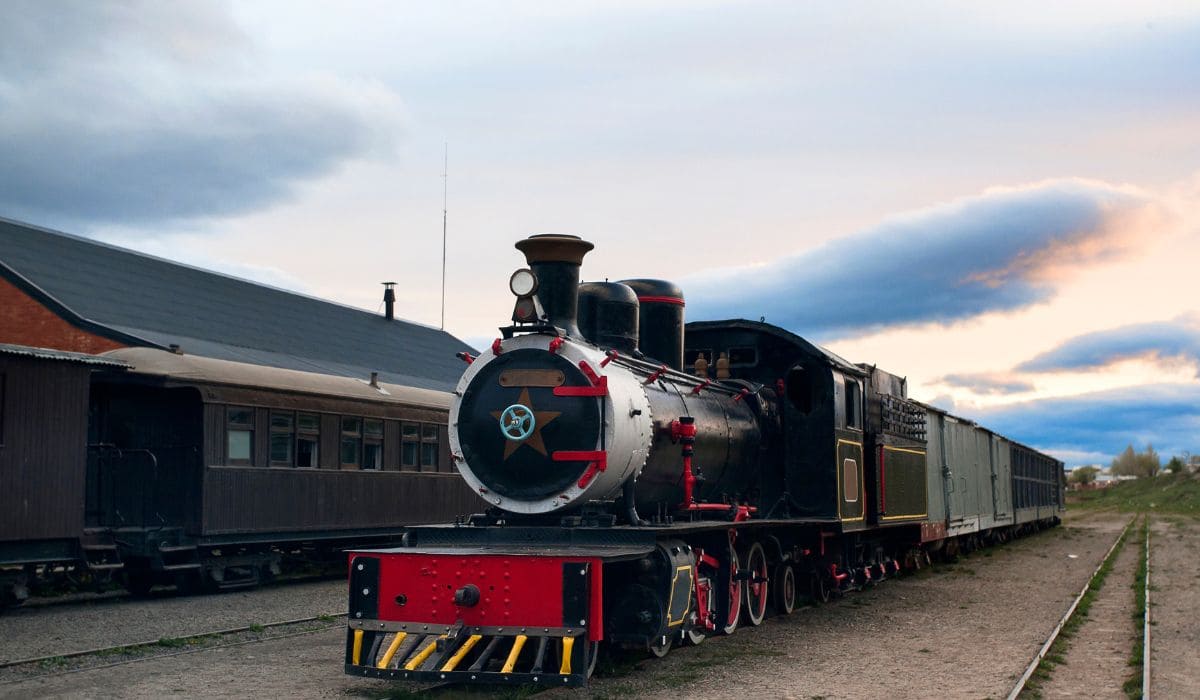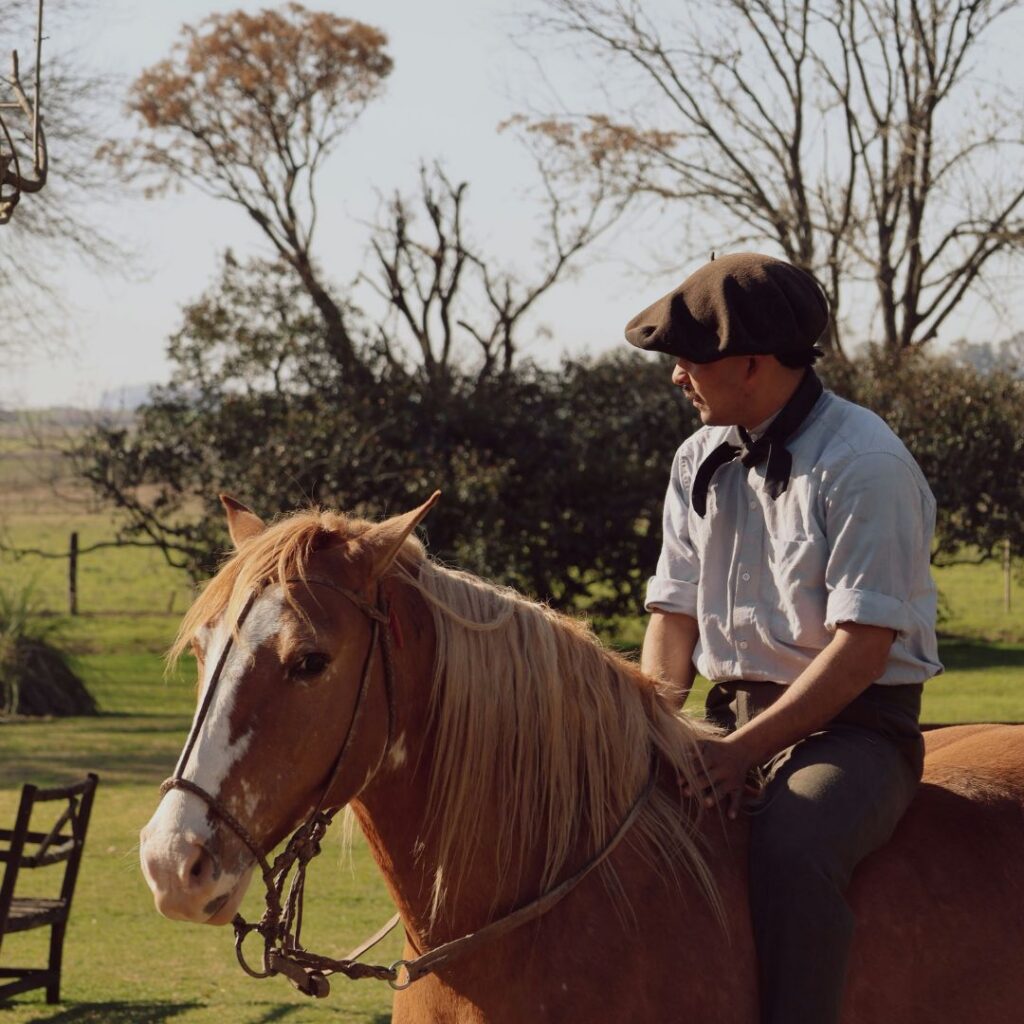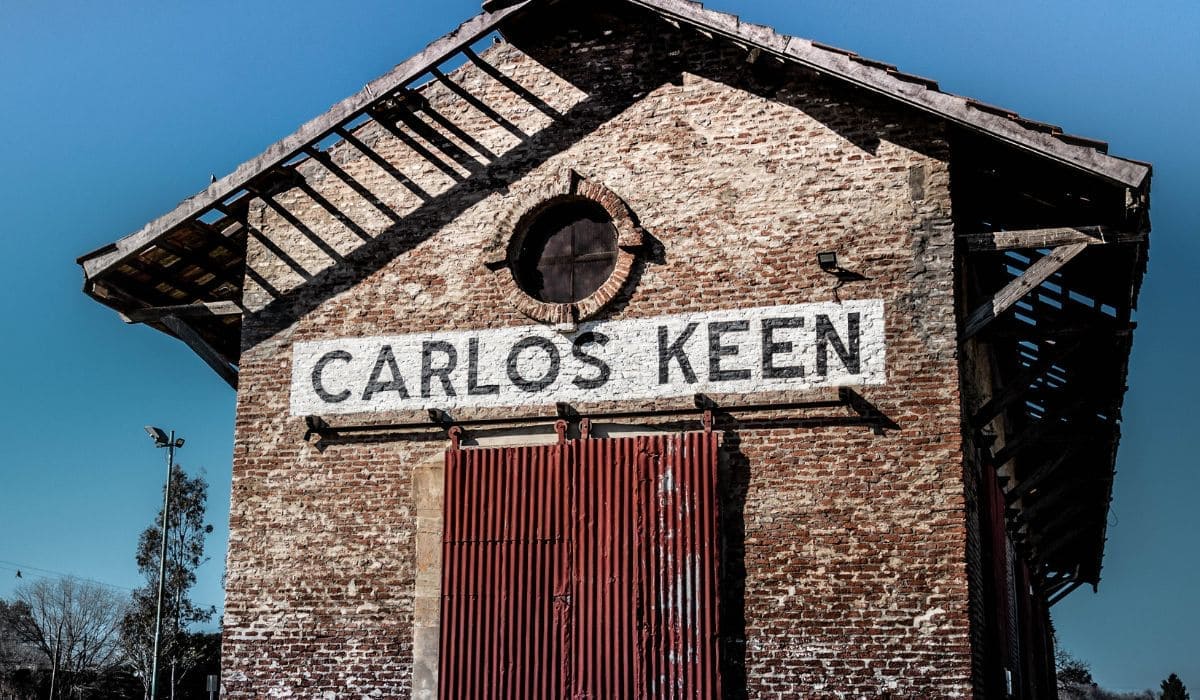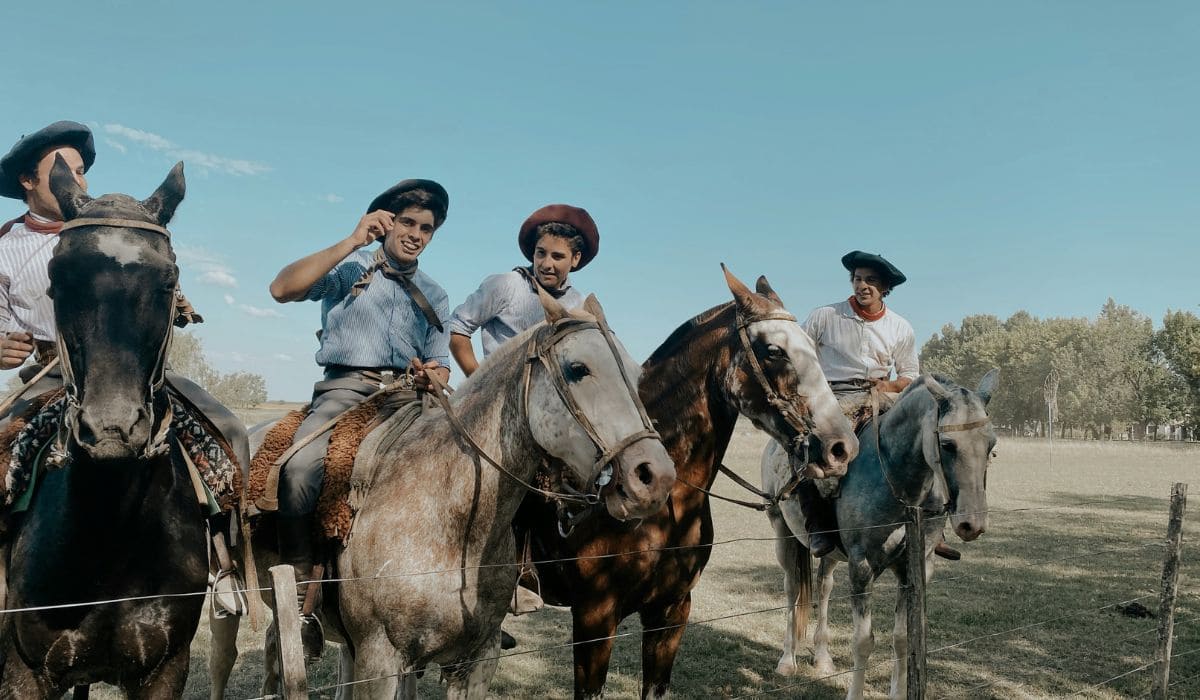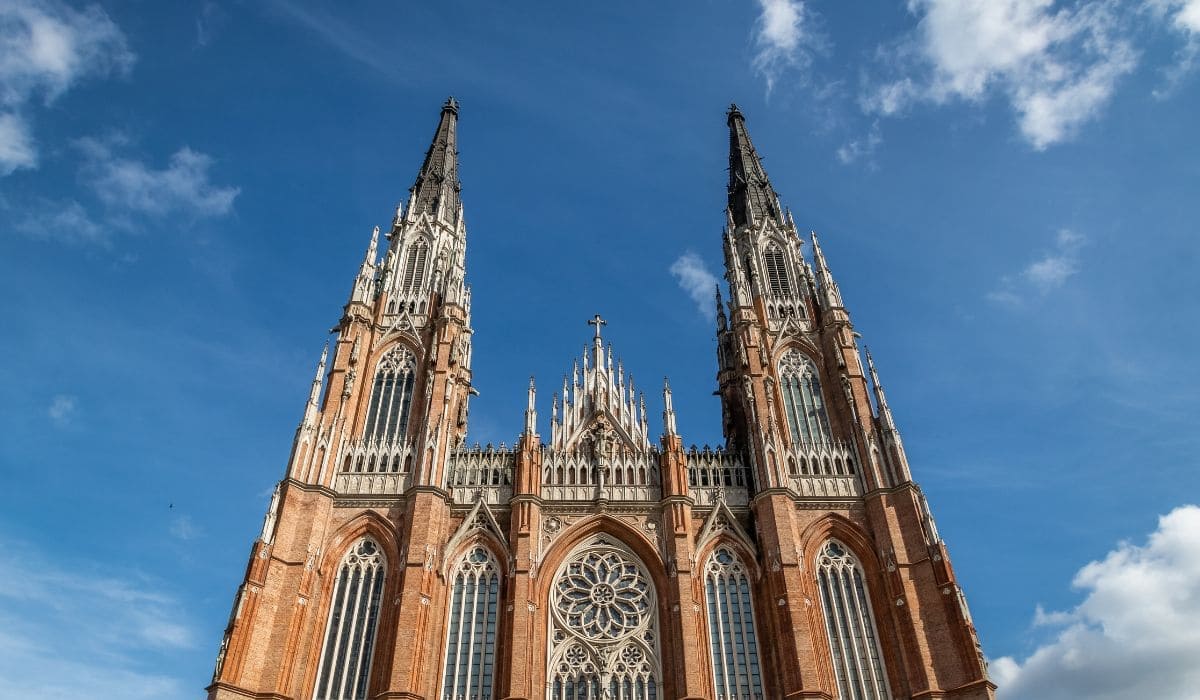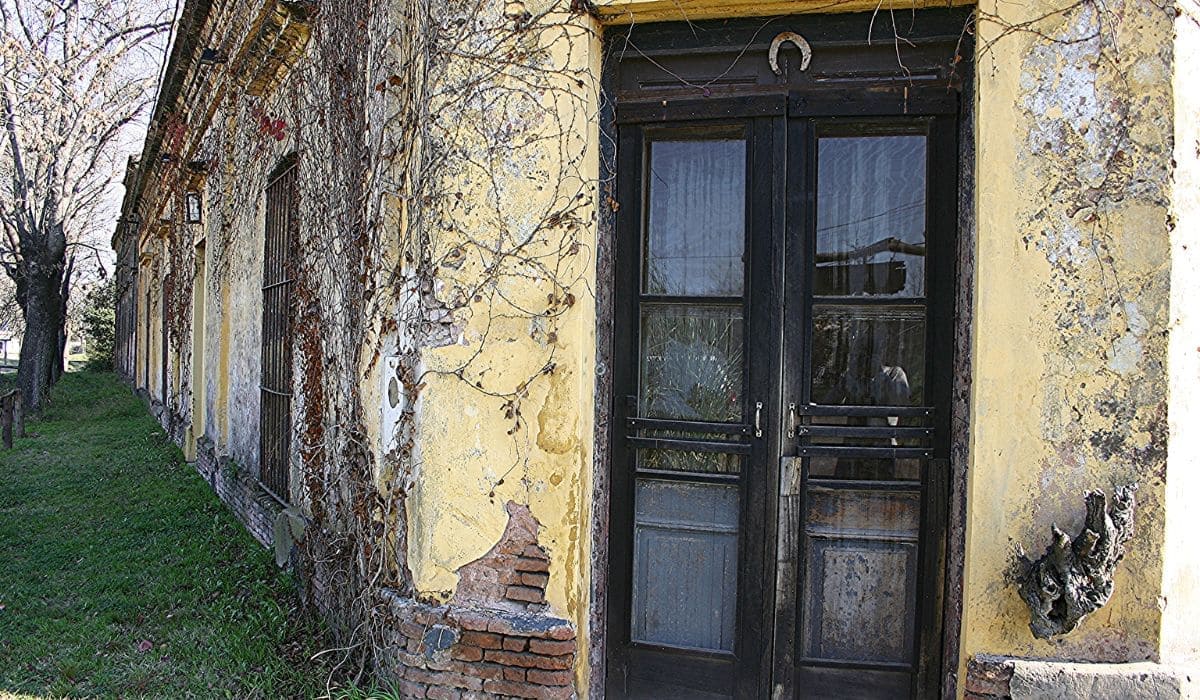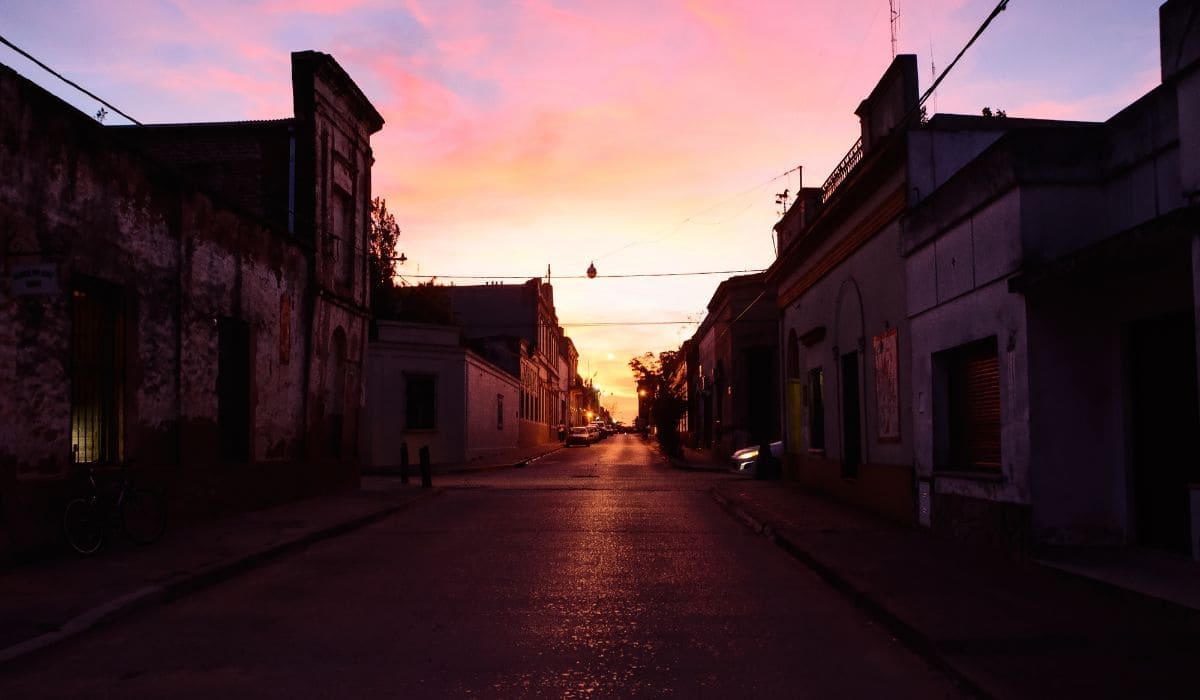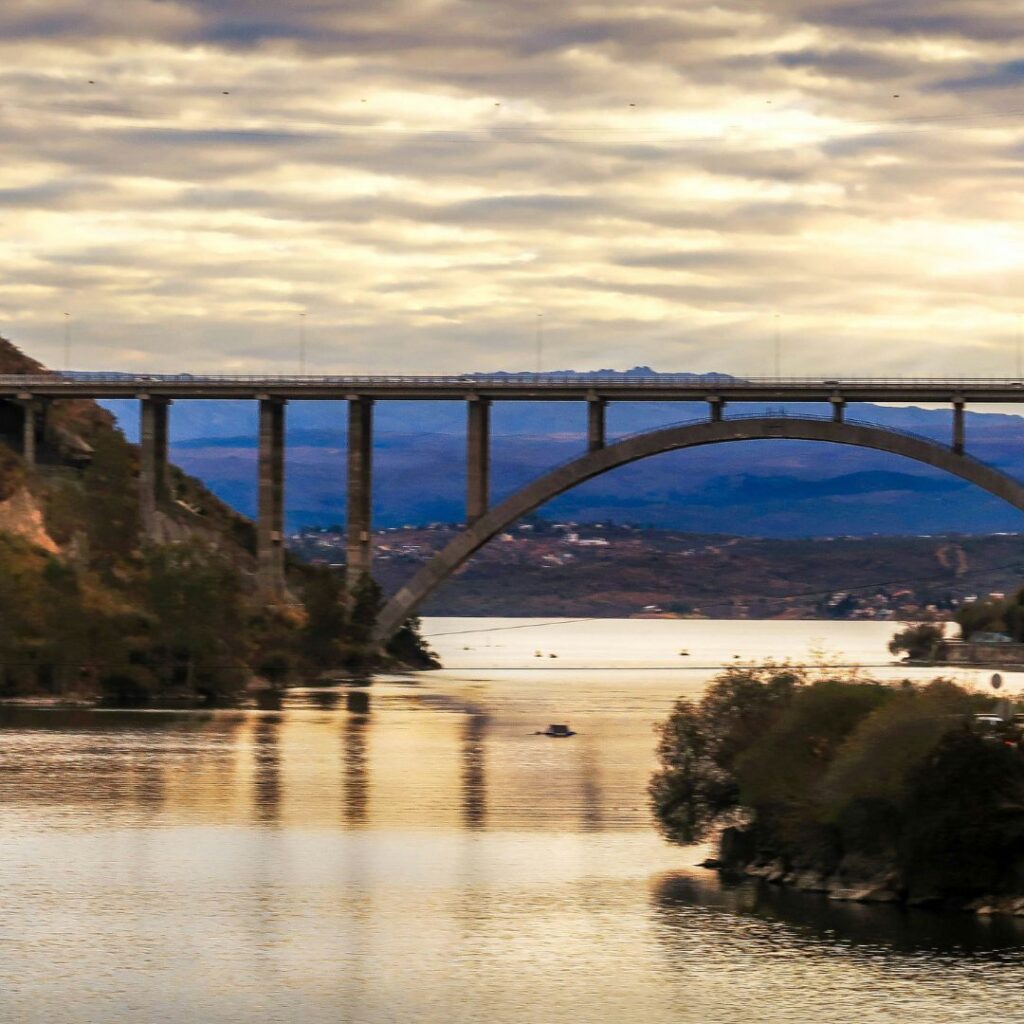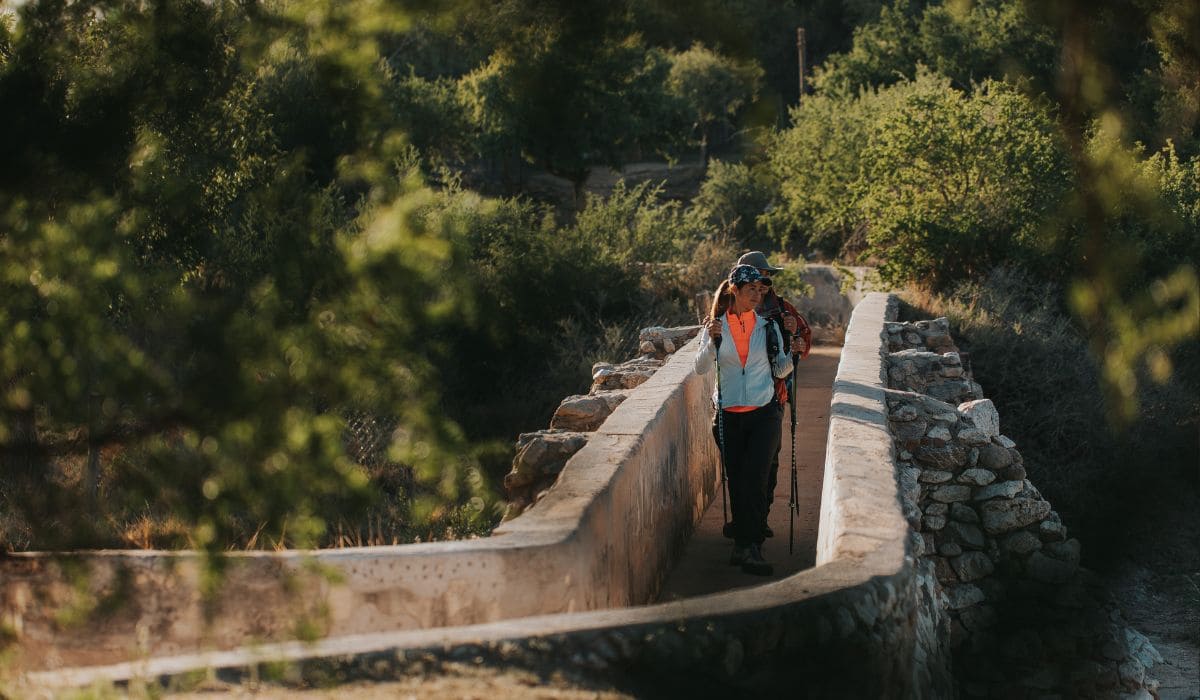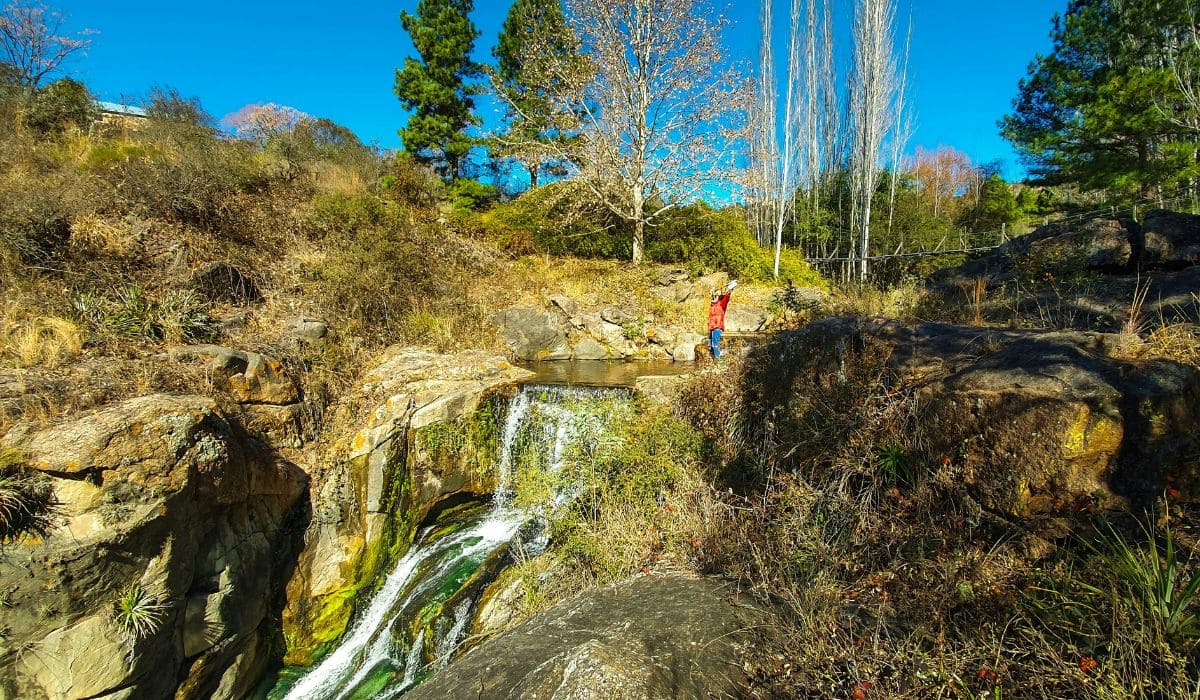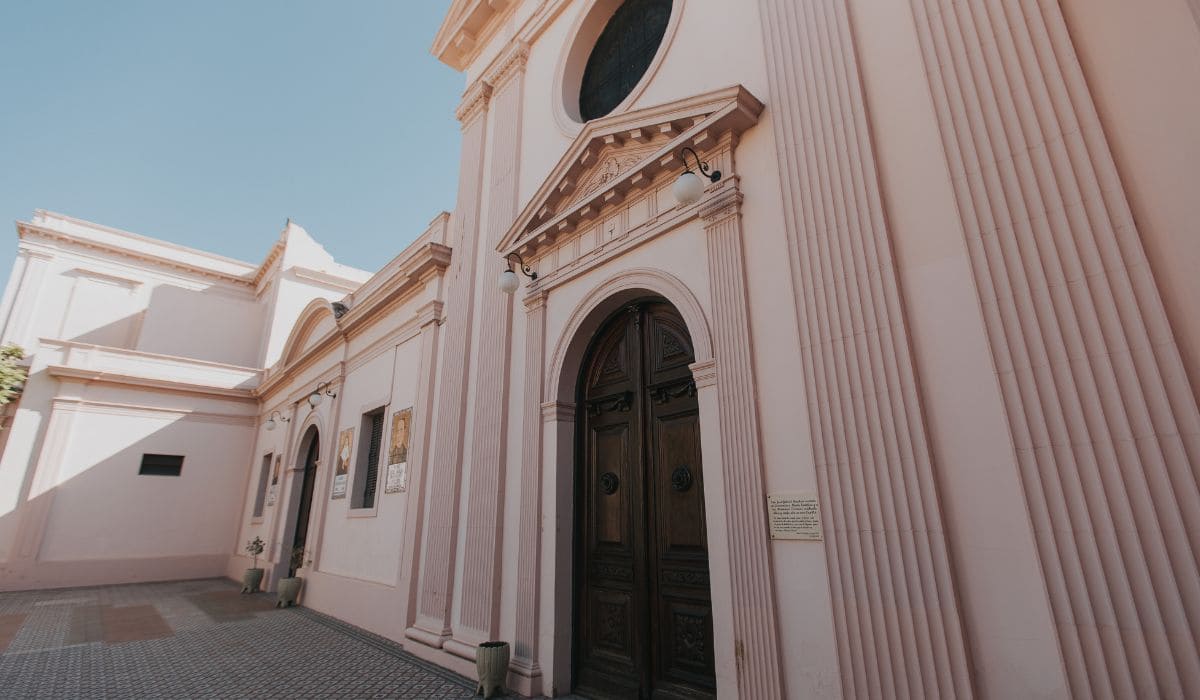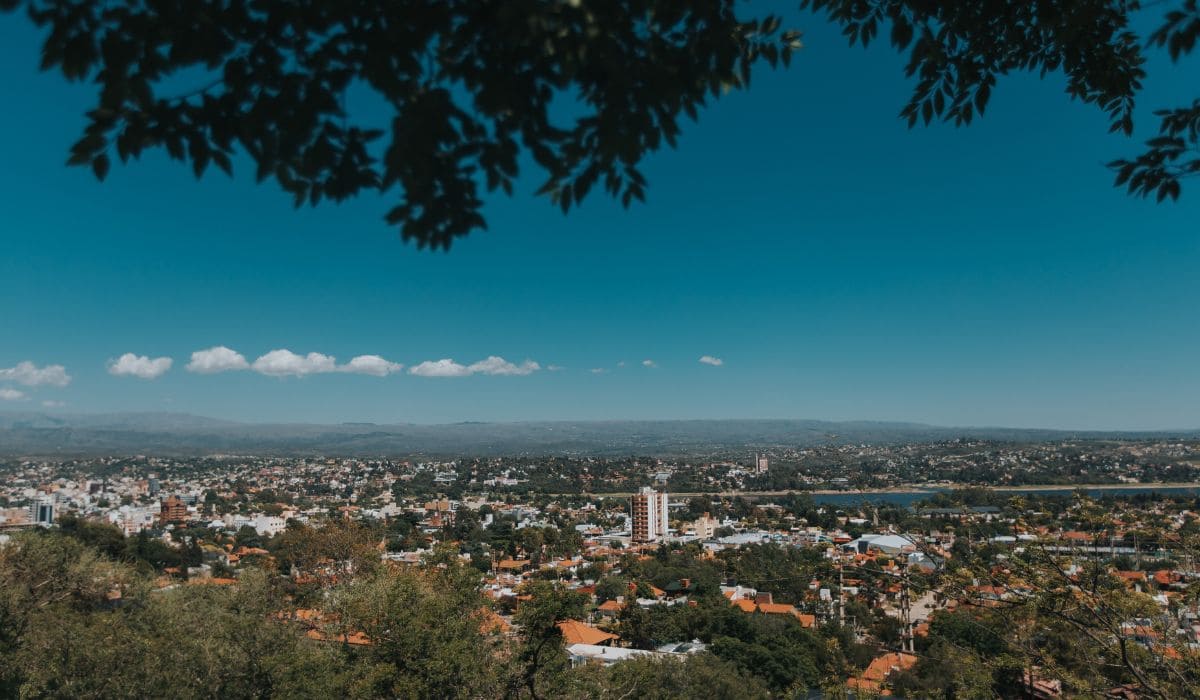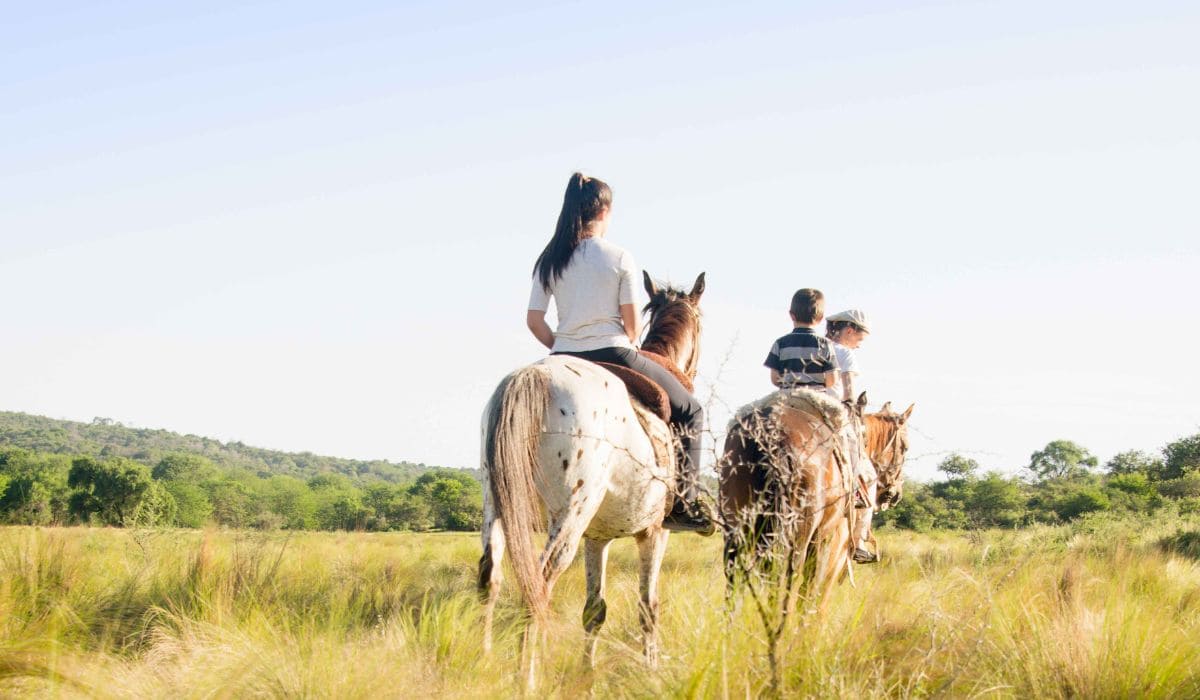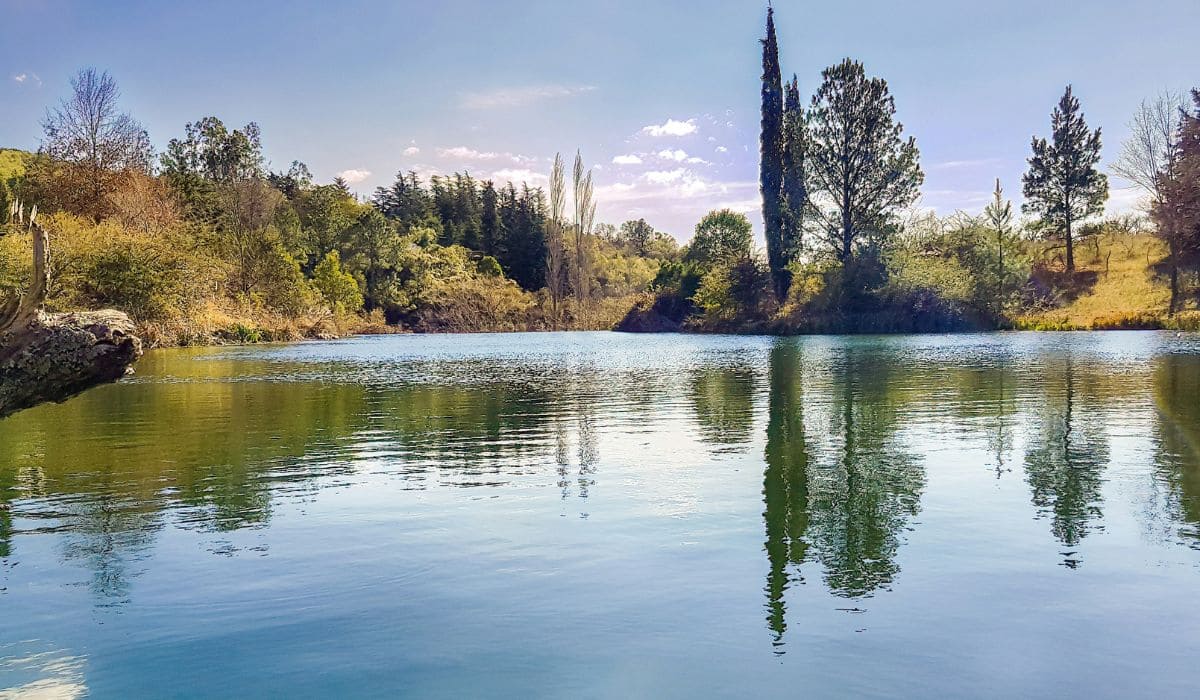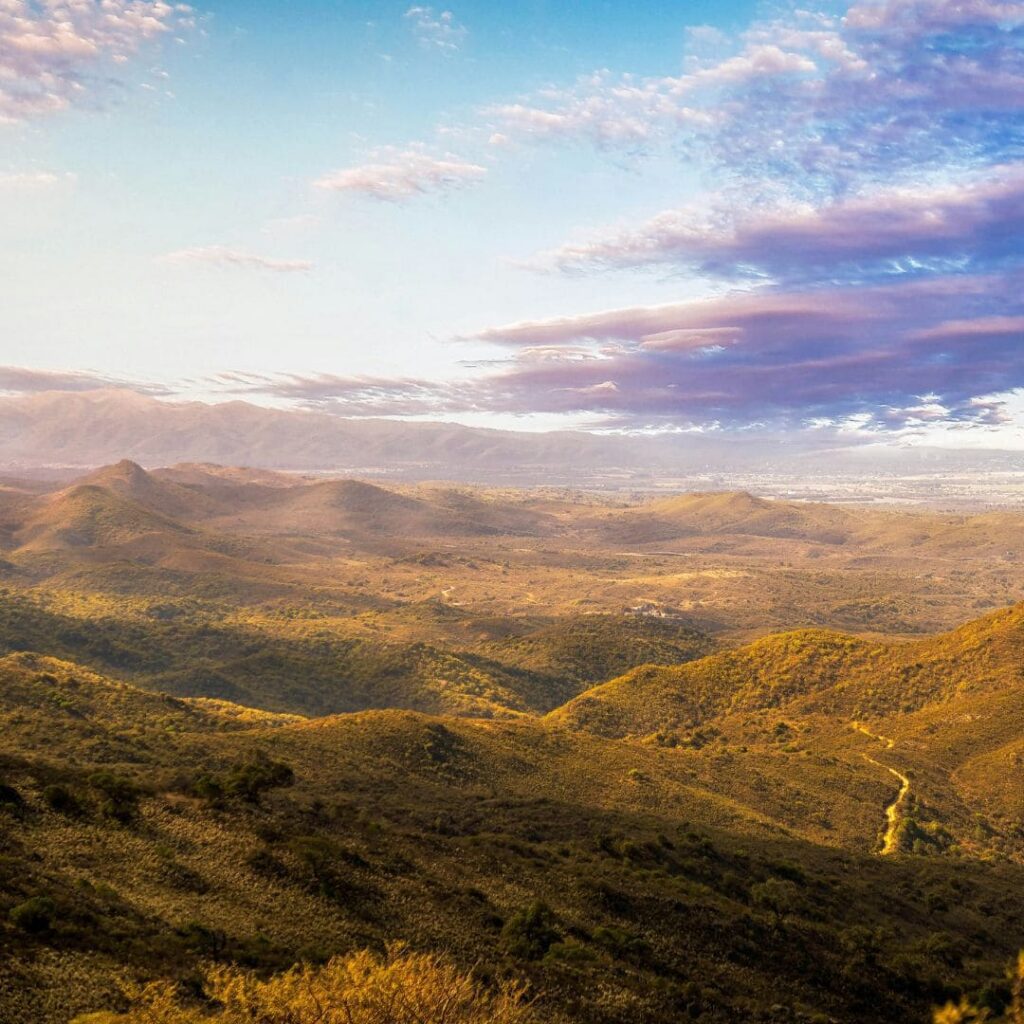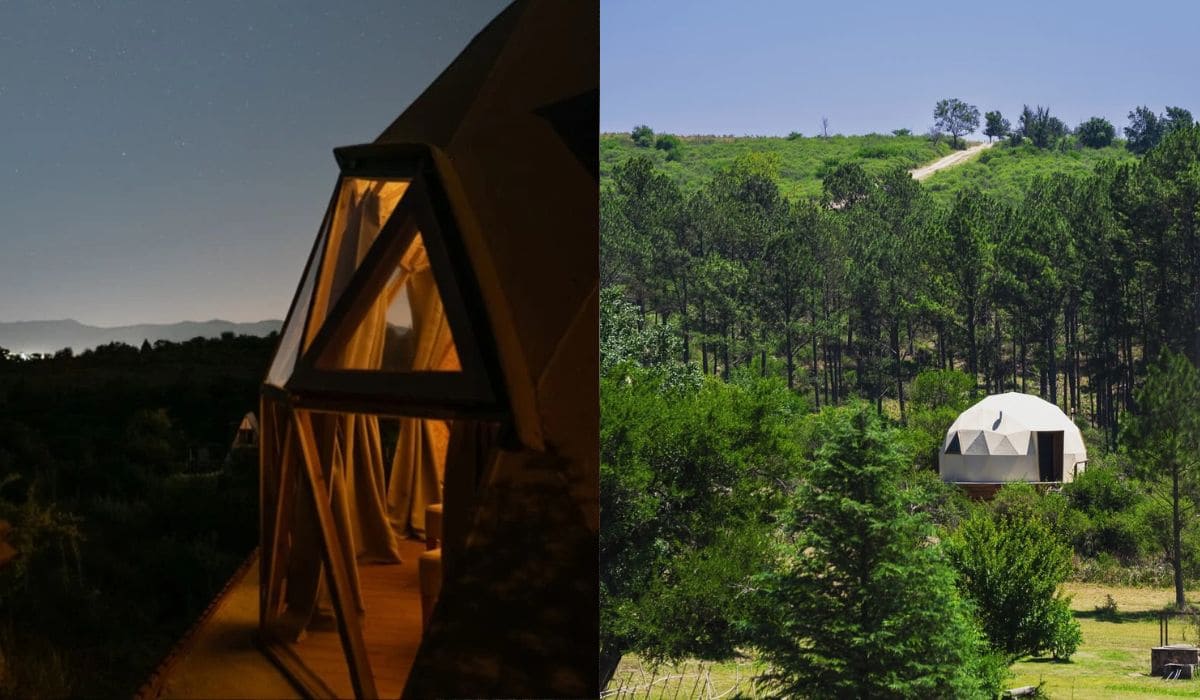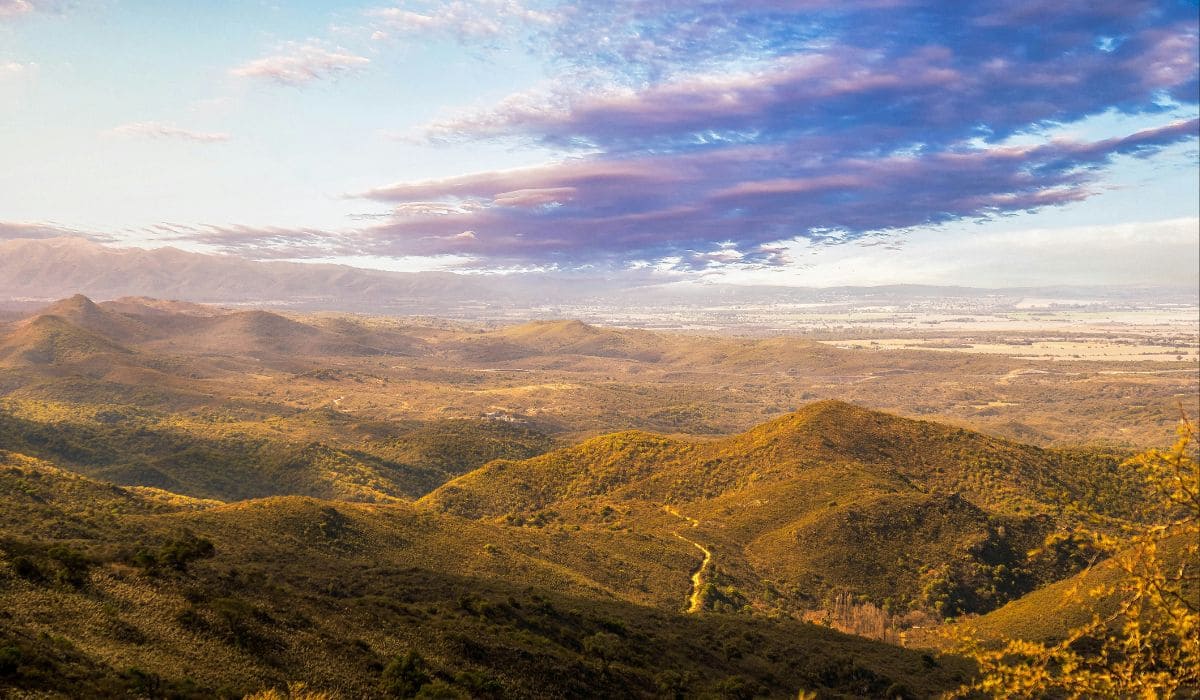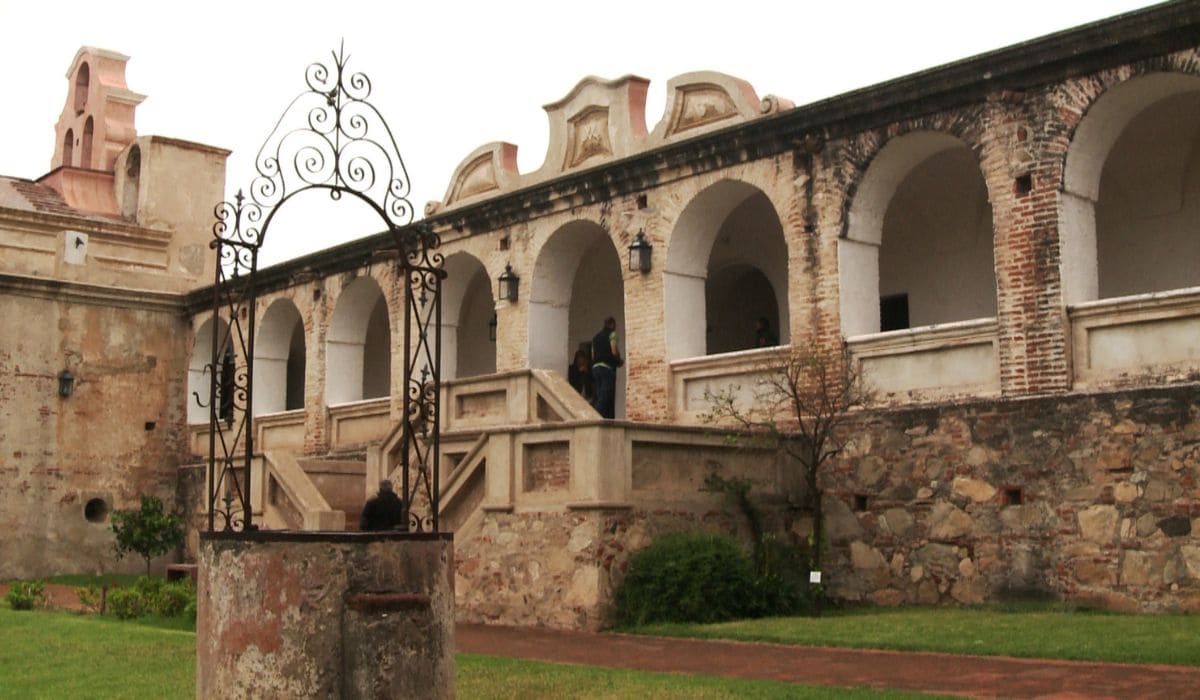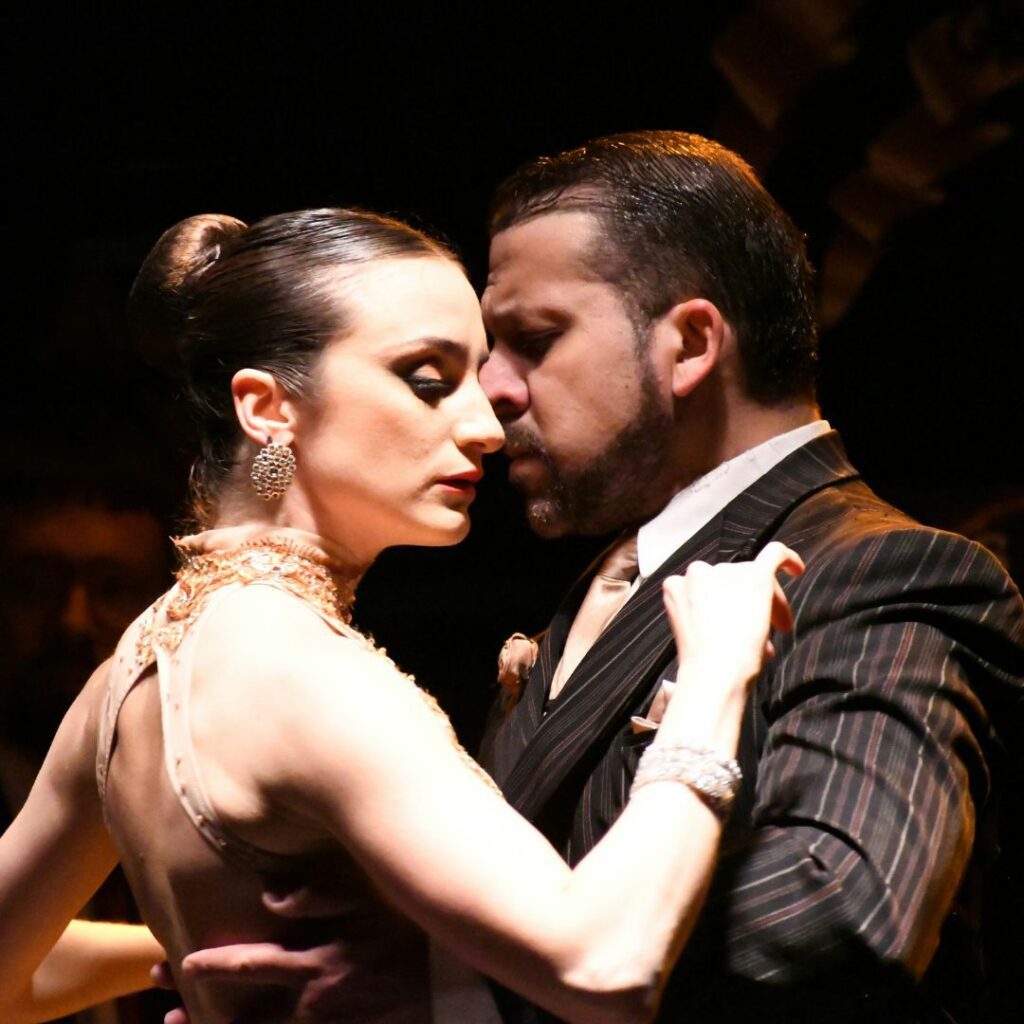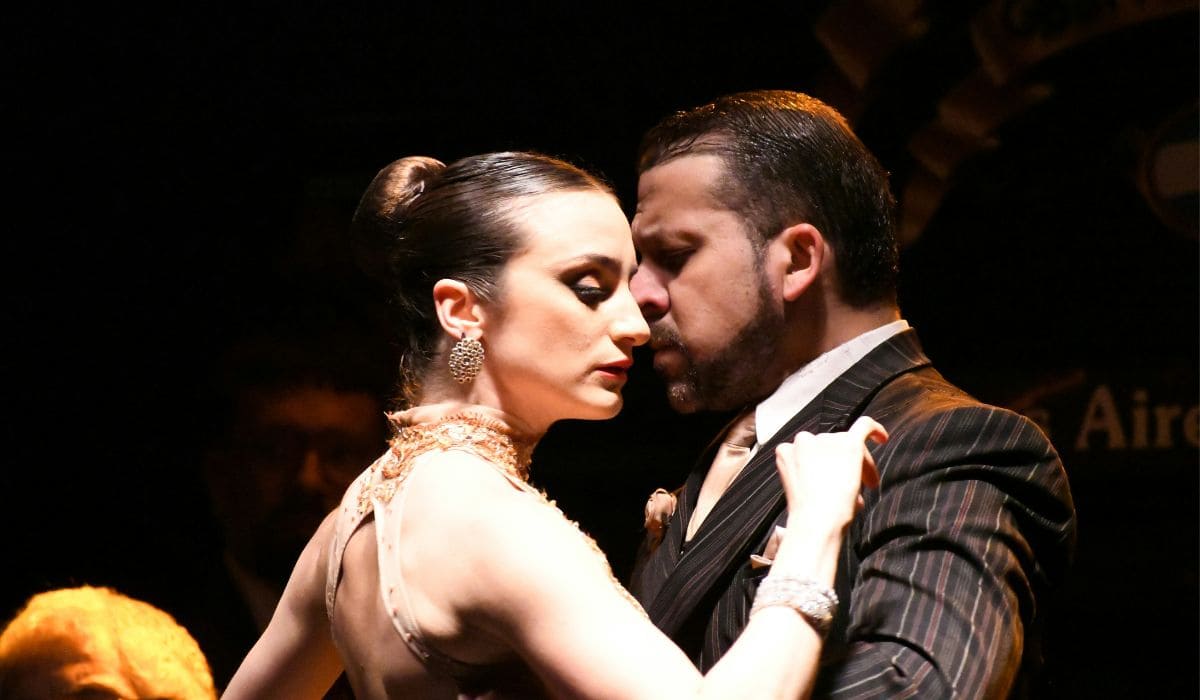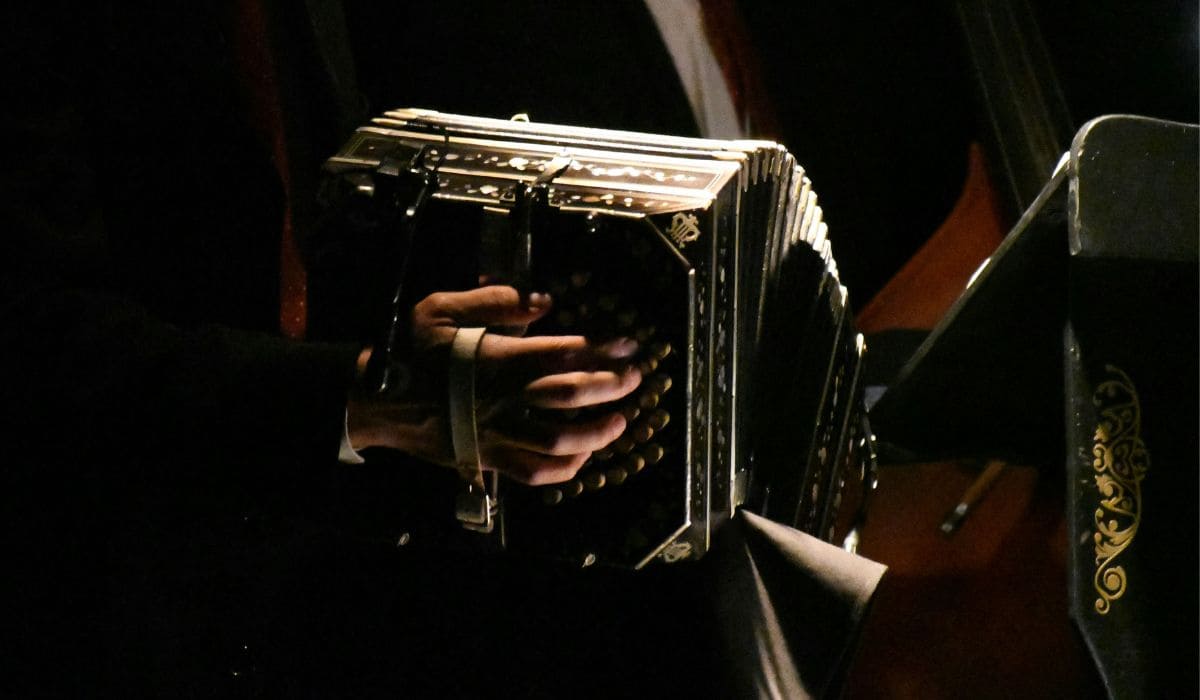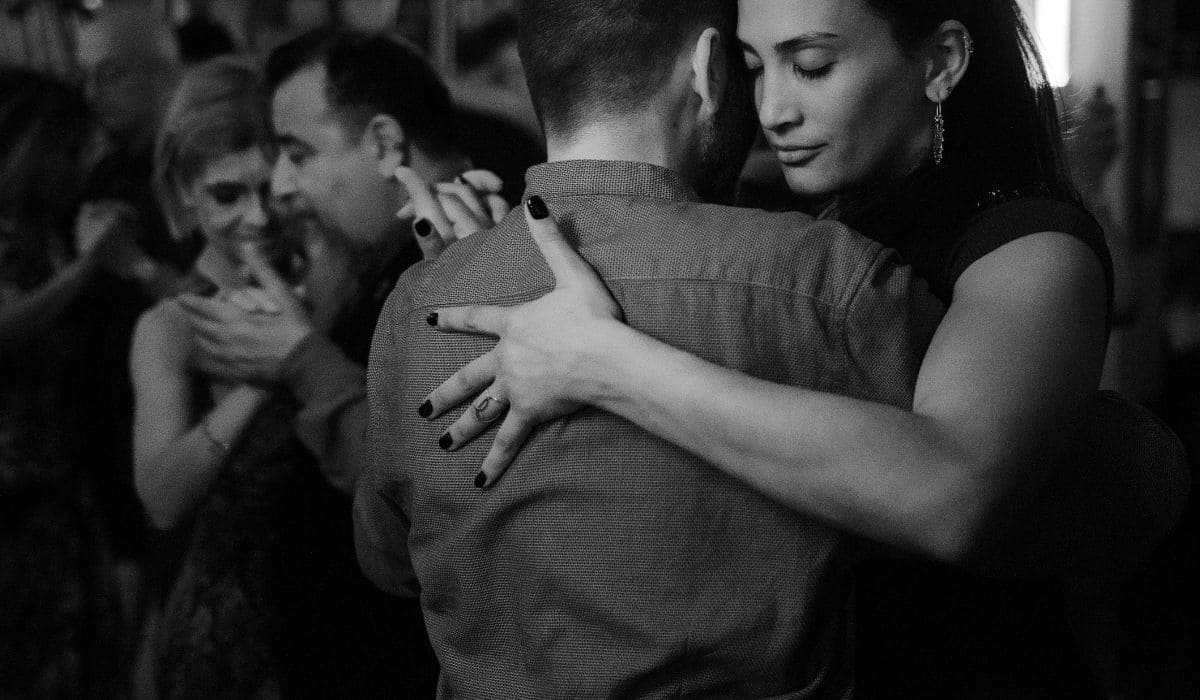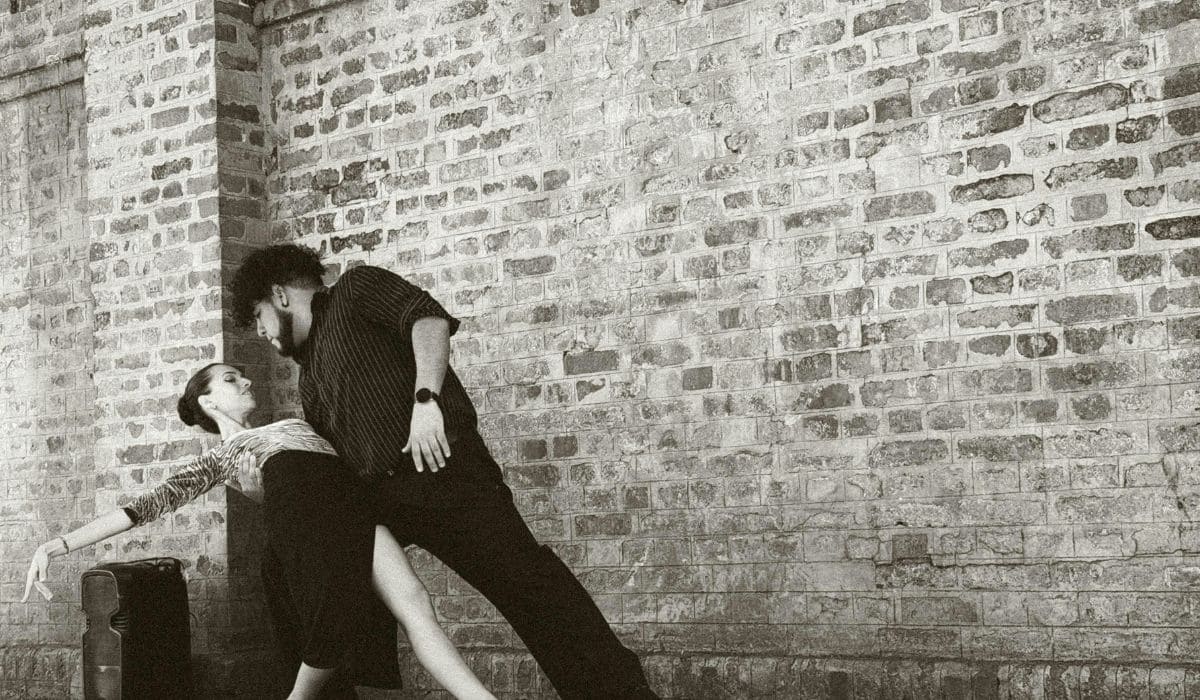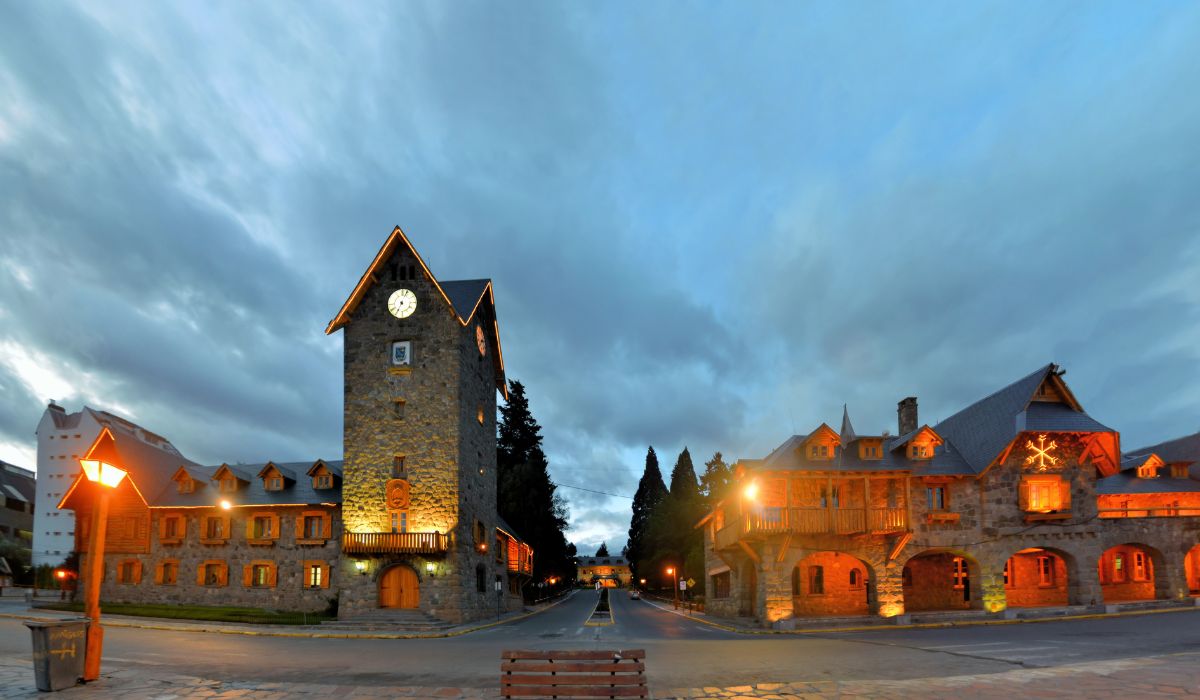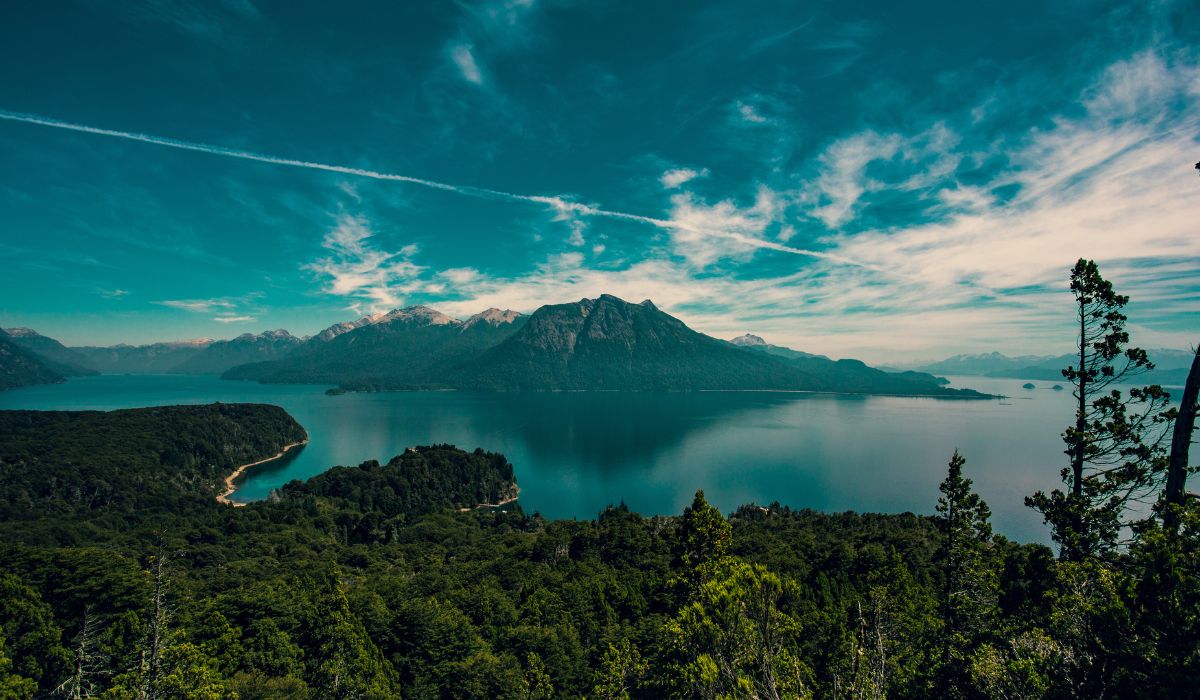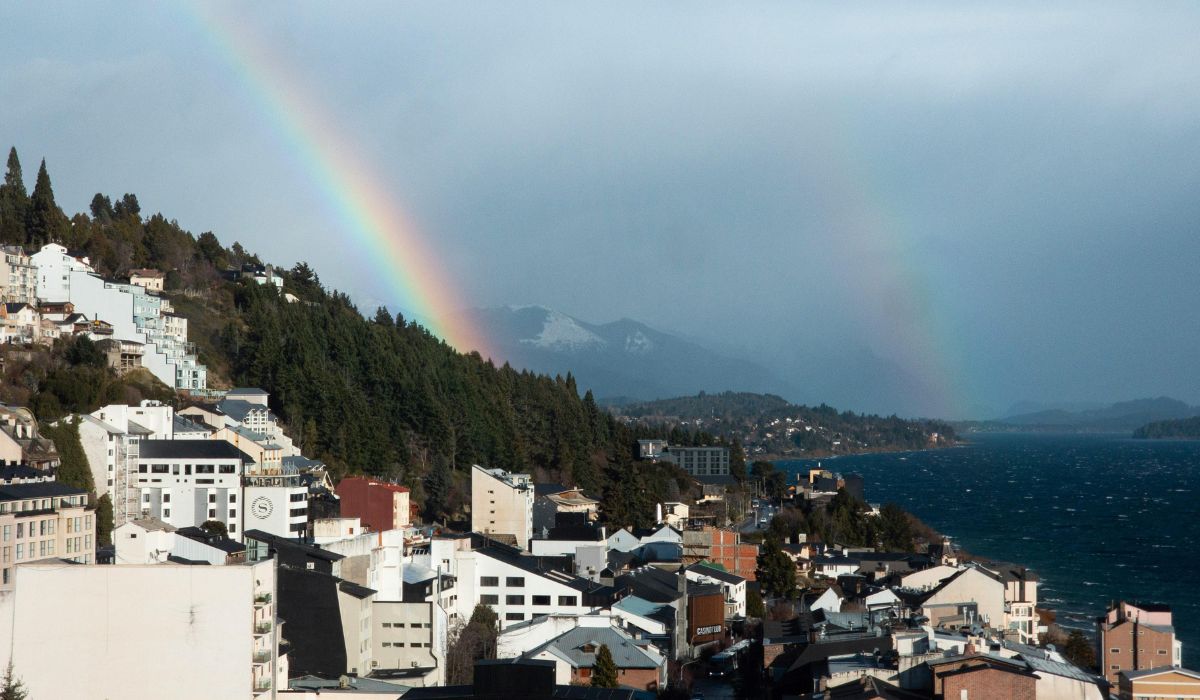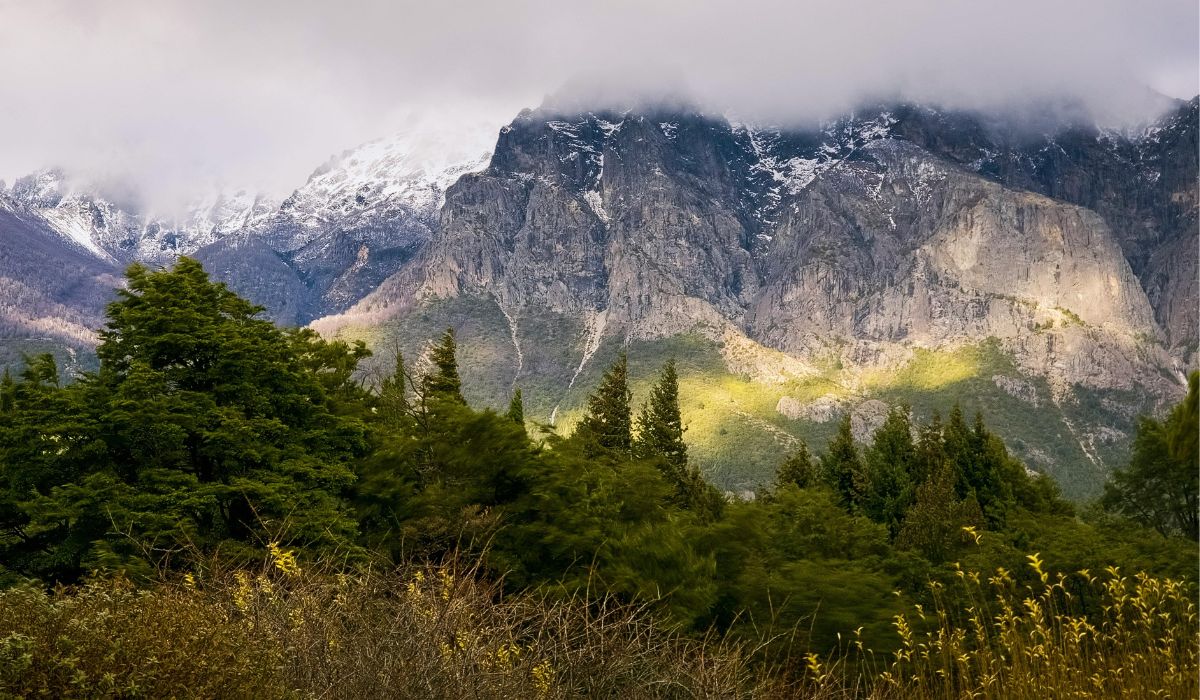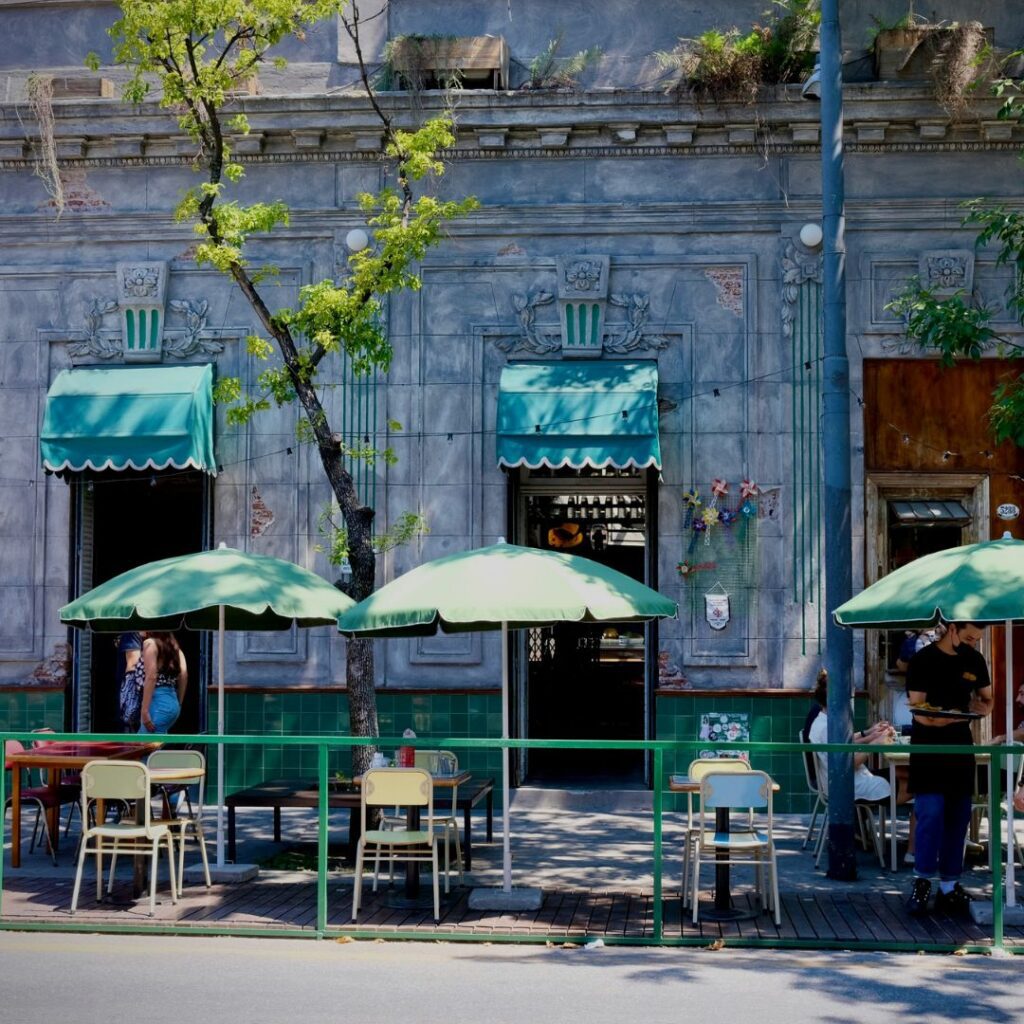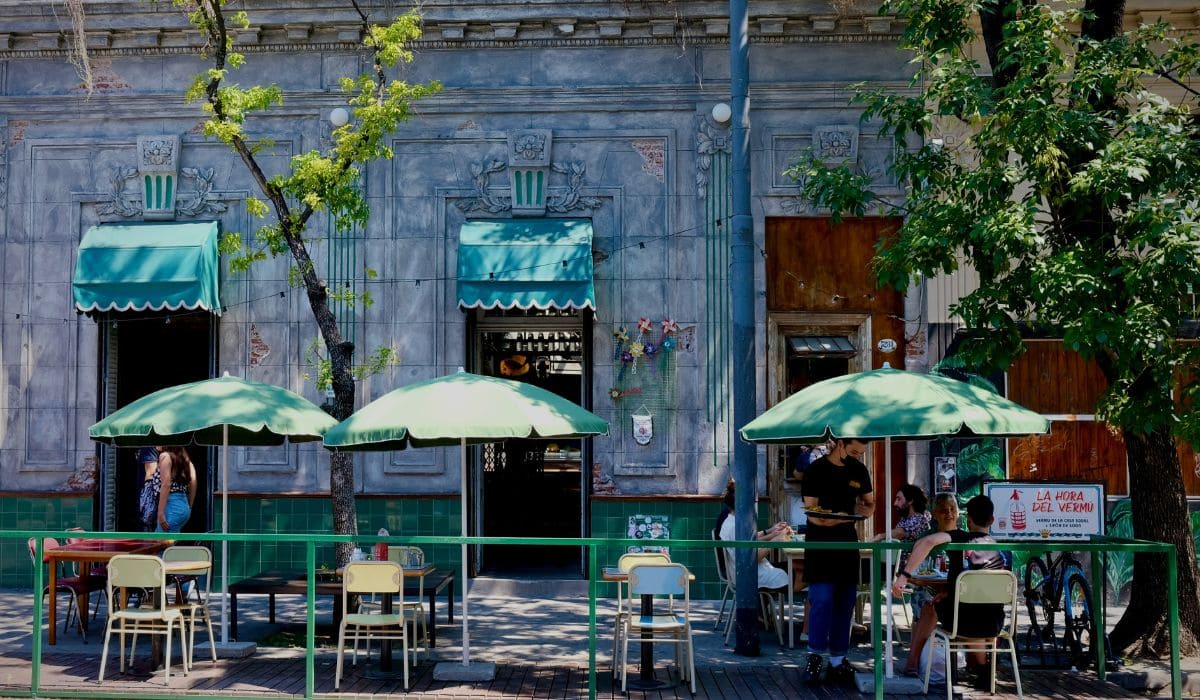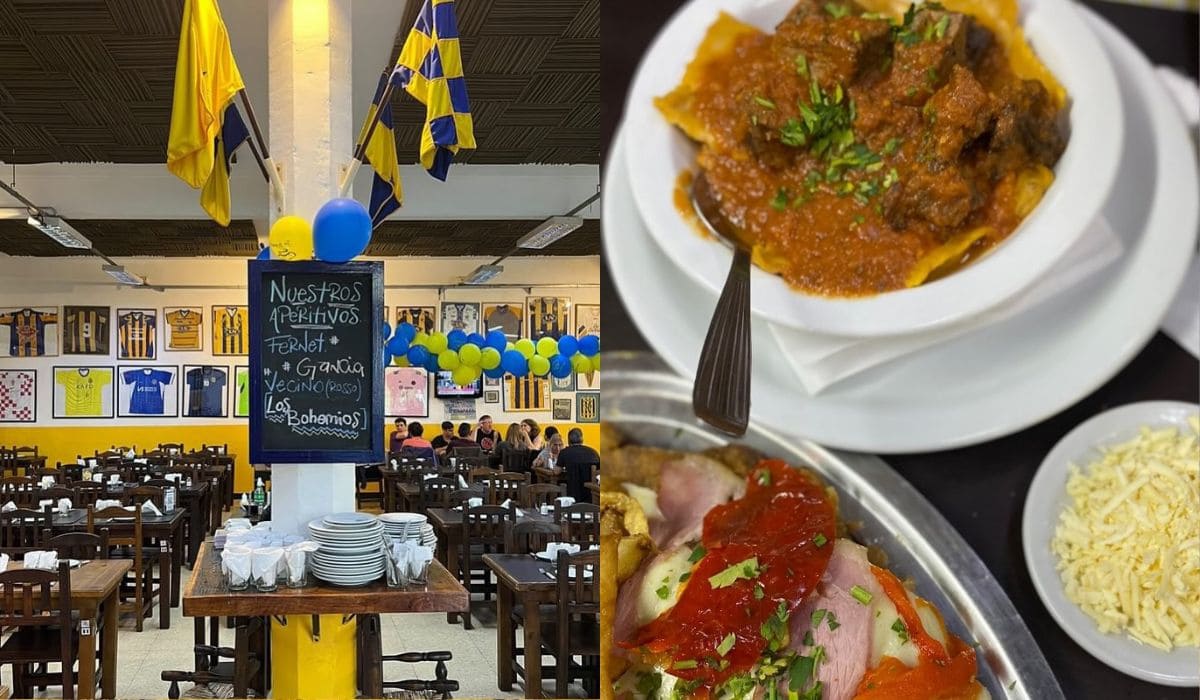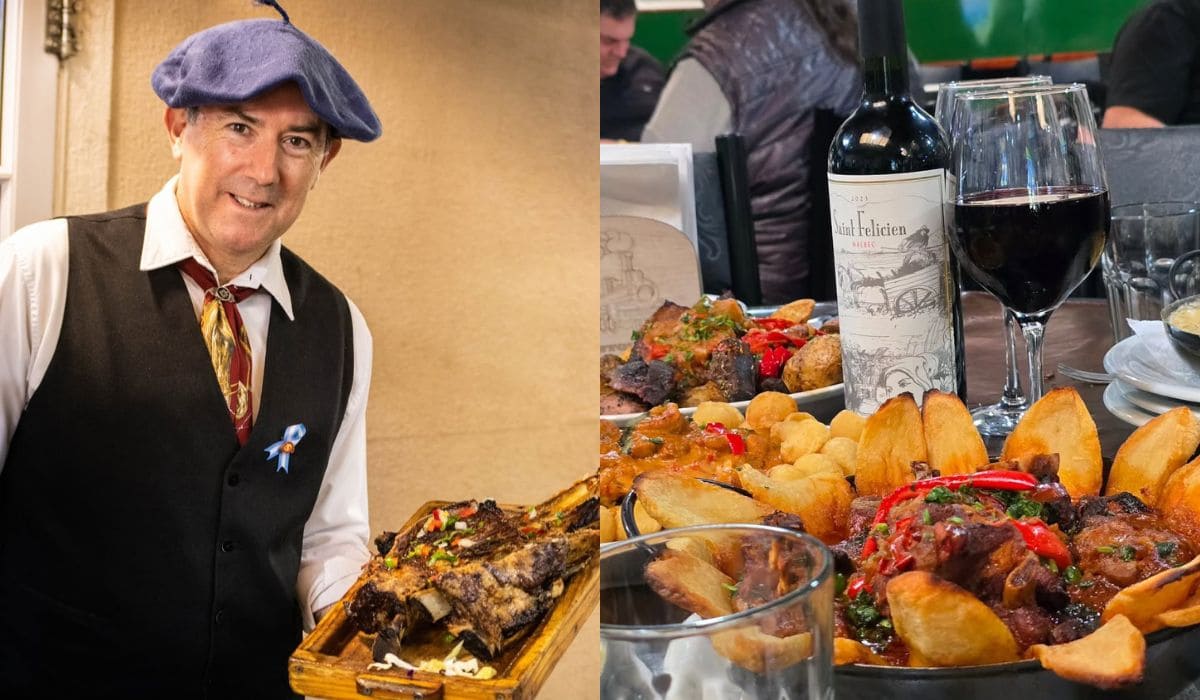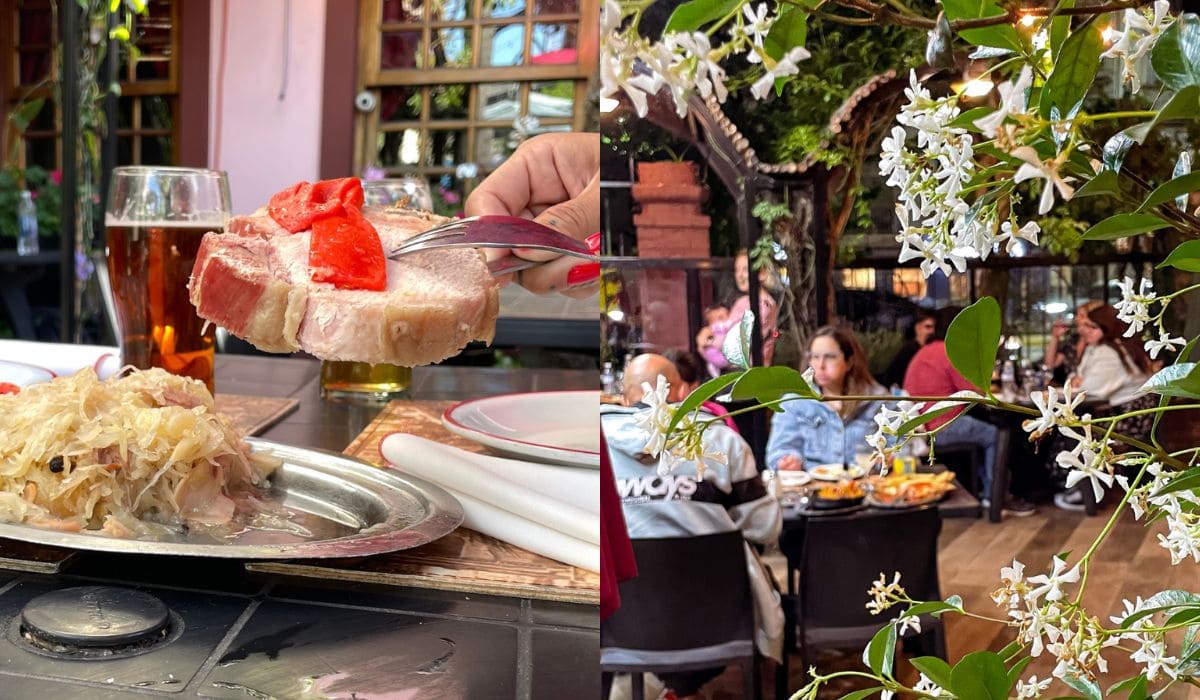How to Make Money with Car Rental Apps in Buenos Aires Without Driving
How to make money with car rental apps in Buenos Aires without driving is the million-dollar question in a context where vehicle maintenance costs are a key factor to consider. In addition, the demand for temporary mobility from tourists and residents keeps increasing every day.
Today, a parked car is a missed opportunity. The key is to turn it into a source of income without changing your daily routine or being tied to schedules.
Rentennials shows that making money with car rental apps in Buenos Aires without driving is not only possible, but also profitable, safe, and accessible for anyone with a well-maintained vehicle that is less than ten years old.
Is it really possible to make money without driving?
Not only is it true, it is becoming a successful trend. The model is based on connecting car owners with people who need a vehicle temporarily. The owner does not drive or take part in the trip; they simply make their car available when they are not using it, allowing others to rent it by the day, by the week, or even for longer periods.
This explains why the question of how to make money with car rental apps in Buenos Aires without driving appears more and more often in searches by people who want to earn extra income without adding more working hours to their lives. It is a simple way to start a venture that can generate excellent returns with your car, without driving or investing money. The car is already there; it just needs to start working for you.
Why more and more owners are renting out their vehicles
Do you know how much time a car spends parked on average? The answer may surprise you: 90% of the day. During that time, expenses do not stop: insurance, registration taxes, maintenance, issues caused by lack of use, and annual depreciation. Faced with this reality, and thanks to apps like Rentennials, more and more owners are changing their mindset and asking themselves how to make money with car rental apps in Buenos Aires without driving.
The benefits quickly become visible. An asset that generates expenses turns into one that produces real income fast. This makes it possible to cover fixed costs without additional effort and earn extra income.
The big advantage: passive income with no effort
The key word is passive. There are no driving hours, no shifts, and no need to travel from one place to another. Income is generated while the car is in the hands of a verified user. Renting out your own car is, from a financial perspective, a monetization model with low operational effort.
If you think of it as a business and compare it, for example, with an apartment, the equation is clear. An average used car requires an initial investment of around USD 8,000, compared to approximately USD 90,000 for an apartment. Renting out your car can give you an average monthly profit of USD 700 to 800, compared to roughly USD 900 from renting an apartment. This shows how making money with car rental apps in Buenos Aires without driving can be the beginning of an incredible business.
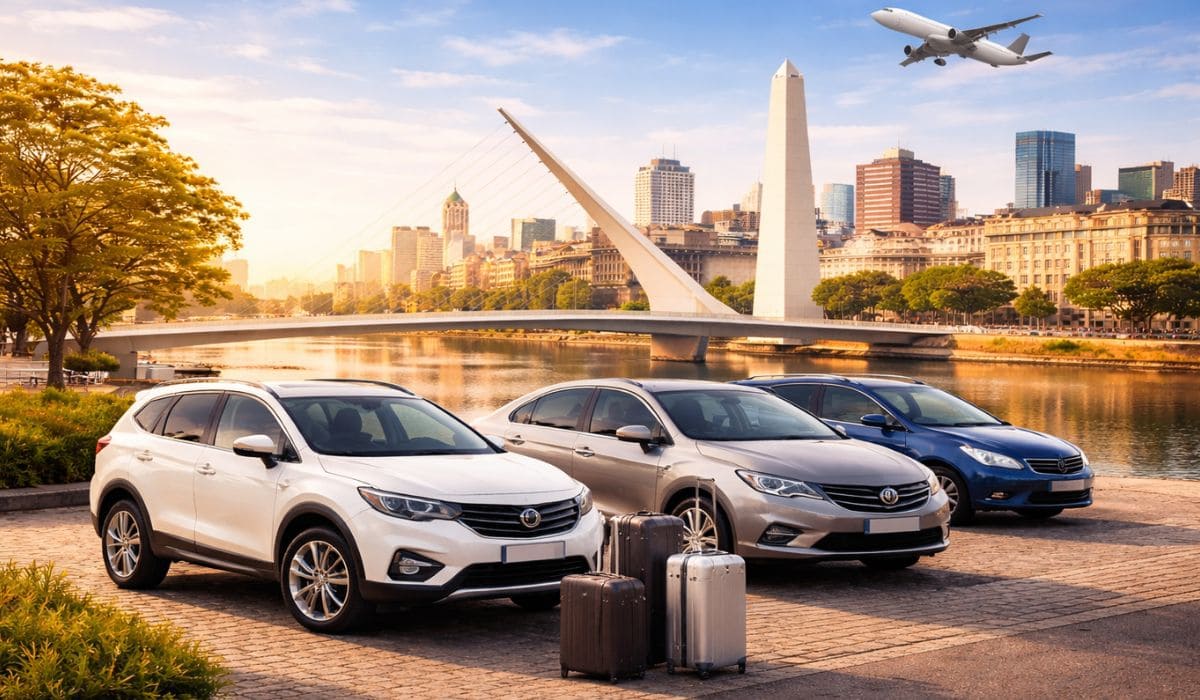
How Rentennials works and why it is different
Rentennials connects car owners with people who need to rent vehicles for short periods of time, based on the collaborative economy between real people, which results in fair rates, better income for owners, and greater availability of varied vehicles for users. Another major difference compared to other mobility platforms is that it does not require the car owner to be involved in driving or daily use.
The platform takes care of validating all users, providing per-trip insurance, managing reservations, payments, and contracts, and offering assistance in case of any issues. For owners, this translates into ease of use, security, and predictability.
First step: list your car on the app in just a few steps
Becoming an entrepreneur on Rentennials is very easy:
- Create your profile in the app. You can do this using your Facebook or Google account, or your app store ID. After that, we recommend logging in and completing your details, including a contact phone number.
- Upload photos of your car, along with its details and features. Check out these tips, because high-quality and attractive images make your car look more professional, reliable, and comfortable.
- Set availability and daily prices. Flexibility is key. Another great tip is that you can set special prices by checking peak tourist calendars and optimize your earnings.
- Activate the listing.
That’s it. In less than an hour, your car can be available to thousands of users looking for immediate mobility, and you will see how to make money with car rental apps in Buenos Aires without driving in a simple way.
Why Rentennials is a safe app for owners and travelers
Security is a core pillar of this model. Rentennials works with verification and validation processes to ensure that each rental is backed by the traveler’s verified identity, a usage history within the platform, and a digital contract that protects both parties.
Insurance, assistance, and full vehicle protection
One of the main concerns of those wondering how to make money with car rental apps in Buenos Aires without driving is what happens if something unexpected occurs. Rentennials addresses this concern with per-trip insurance that covers damage, theft, third-party liability, and roadside assistance in case of any breakdown or incident, along with support assistance available throughout the rental period.
Here are a few additional tips. When handing over the car, we recommend taking photos of the entire vehicle and sending them to the client as proof of its condition. This way, when the car is returned, both parties can verify that it is in the same condition as when it was delivered.
If any issues arise, you can request mediation support from the Rentennials team by sending a message to the support team. We also suggest that once the car is returned, you check whether any fines have appeared. If so, contact the support team so they can be charged to the user through the credit card details held for the deductible.
Economic benefits of renting out your car
The most visible benefit is monthly income. However, there are other equally important advantages, such as covering fixed vehicle costs without impacting the household budget, preventing the car from losing value due to lack of use, turning the vehicle into a savings or investment tool, and financing repairs or future model upgrades.
How much can you earn per month by renting out your car?
Earnings vary depending on the type of vehicle, demand, and location. On average, a vehicle is rented about 15 days per month, depending on the city and its level of demand, and monthly earnings range between USD 500 and USD 750 per vehicle. During high season, renting for 15 days can earn between 900,000 and 1 million pesos. With the Rentennials model, 80% of the rental income goes to you, and you can receive your payment at the time of vehicle delivery, giving you immediate access to your earnings.
A parked car vs. generating real income
A parked car can cost more than it seems. Between insurance, garage fees, registration taxes, maintenance, and wear and tear, the average monthly expense ranges between ARS 70,000 and ARS 110,000. When you add annual depreciation, the real cost of keeping a car unused becomes even higher.
On the other hand, renting it out can cover all those expenses, generate profits, and reduce relative depreciation thanks to controlled use. It is an excellent financial tool to balance personal finances.
How to make money with car rental apps in Buenos Aires by leveraging tourism
Buenos Aires is one of the most visited cities in South America. This constant flow of tourists, especially international travelers, multiplies the demand for rental cars. The growth of car sharing as a global trend makes renting through apps like Rentennials increasingly popular. Here is everything you need to know.
The tourism opportunity in Buenos Aires
Tourists need to get around and look for flexibility, comfort, and autonomy. That is why peer-to-peer rentals are becoming an increasingly personalized and accessible alternative to traditional rental companies.
Another important factor is that, in addition to its usual attractions, Buenos Aires hosts a large number of cultural and corporate events such as fairs, conferences, and other activities throughout the year. Owners who pay attention to the calendar often multiply their income during periods of higher demand.
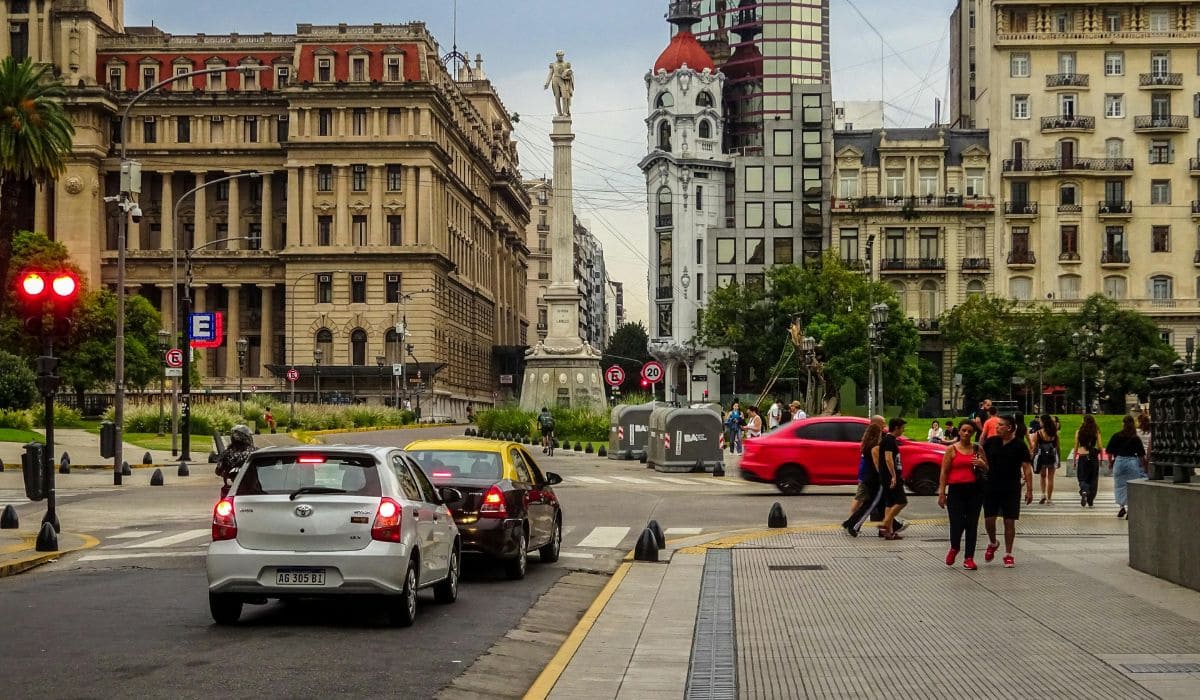
Rentennials: a bridge between owners and tourists
What sets Rentennials apart is that it operates with an active community of travelers looking for flexibility and autonomy and connects them with those who want to see for themselves how to make money with car rental apps in Buenos Aires without driving. It is a collaborative model where everyone benefits, and its growth continues in a world that seeks to simplify processes and gain comfort while reducing costs. Owners looking for how to make money with car rental apps in Buenos Aires without driving find tourism to be one of the most profitable channels.
As an added benefit, car sharing is part of a global sustainable trend with a future-oriented mindset. Every time you share your car, you help protect the environment by preventing unnecessary purchases of new vehicles.
Advantages of renting your car to foreign tourists
Renting to tourists often brings additional benefits:
- Longer bookings.
- Better organization and planning.
- More stable rates.
- Year-round demand.
Making the most of Buenos Aires’ high tourism season
Tourism peaks during summer, winter, long weekends, Easter, school holidays, and major events drive demand even higher. During these periods, available cars often sell out and rates increase. You can set special prices based on the date and maximize your profits.
Take advantage of the ideal moment to try car sharing with Rentennials
The growth of tourism, urban mobility demand, and the cost of keeping a parked car create the perfect scenario to get started with this model. Rentennials allows any owner to learn from scratch how to make money with car rental apps in Buenos Aires without driving, with no technical knowledge and a platform that supports every step.
If you are looking for a real way to generate passive income that is flexible and aligned with your routine, this is the ideal moment to try it. Your car can become a steady income tool, without driving, without schedules, and without complications.
We are Rentennials
Rentennials is the new way to rent cars from local hosts in your city, quickly, easily, and affordably. It's also your new path to starting your own car rental business and making money every month.
Discover more.

